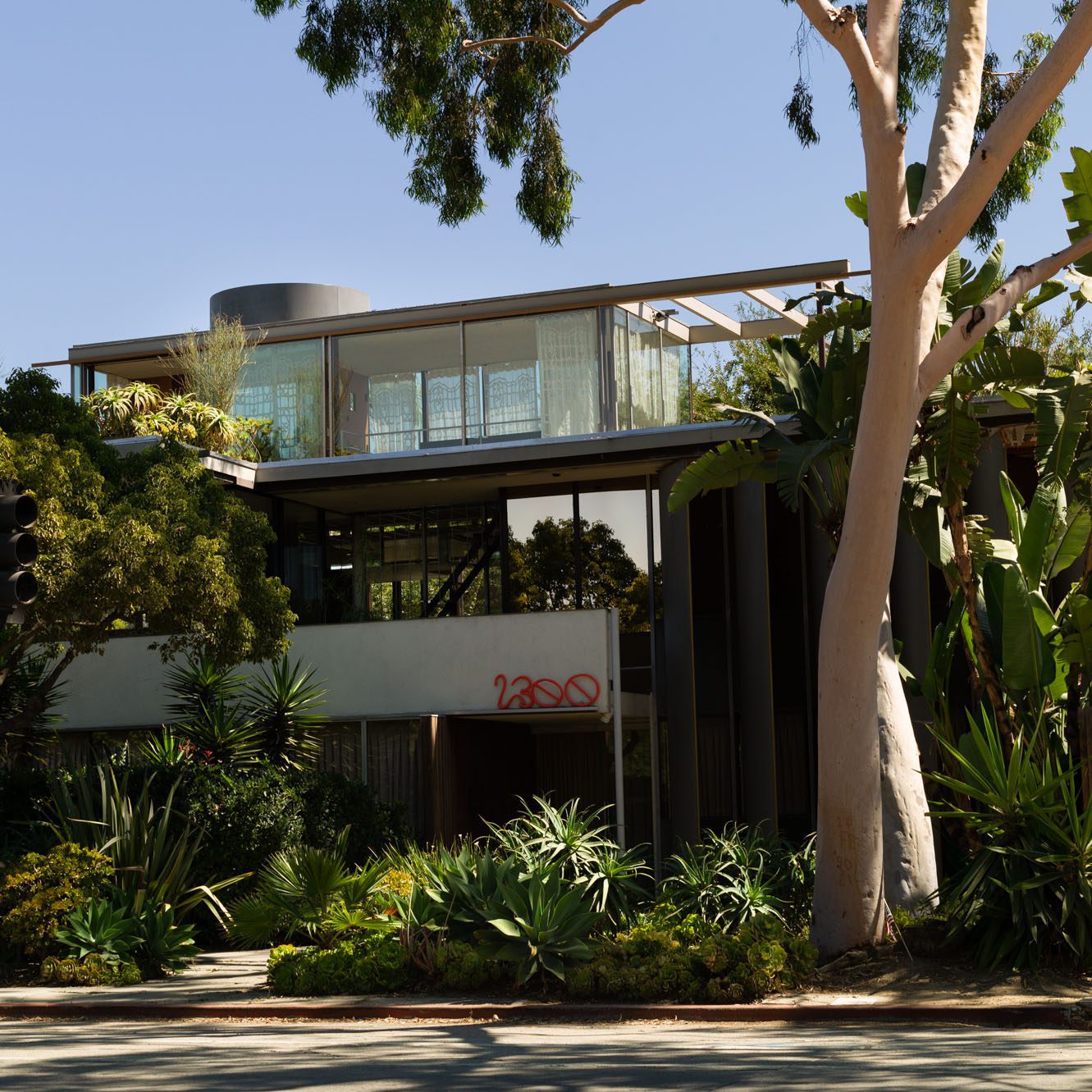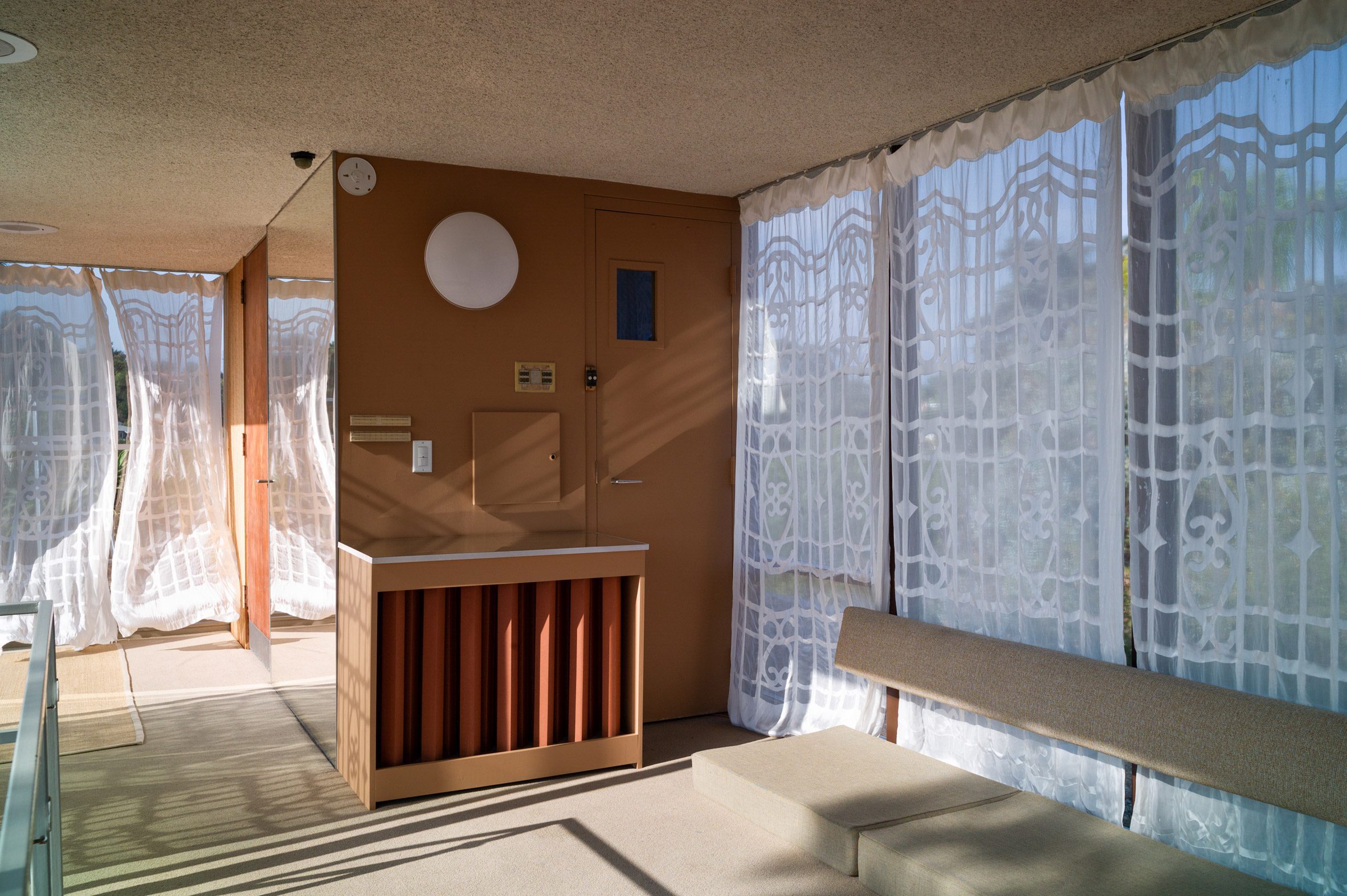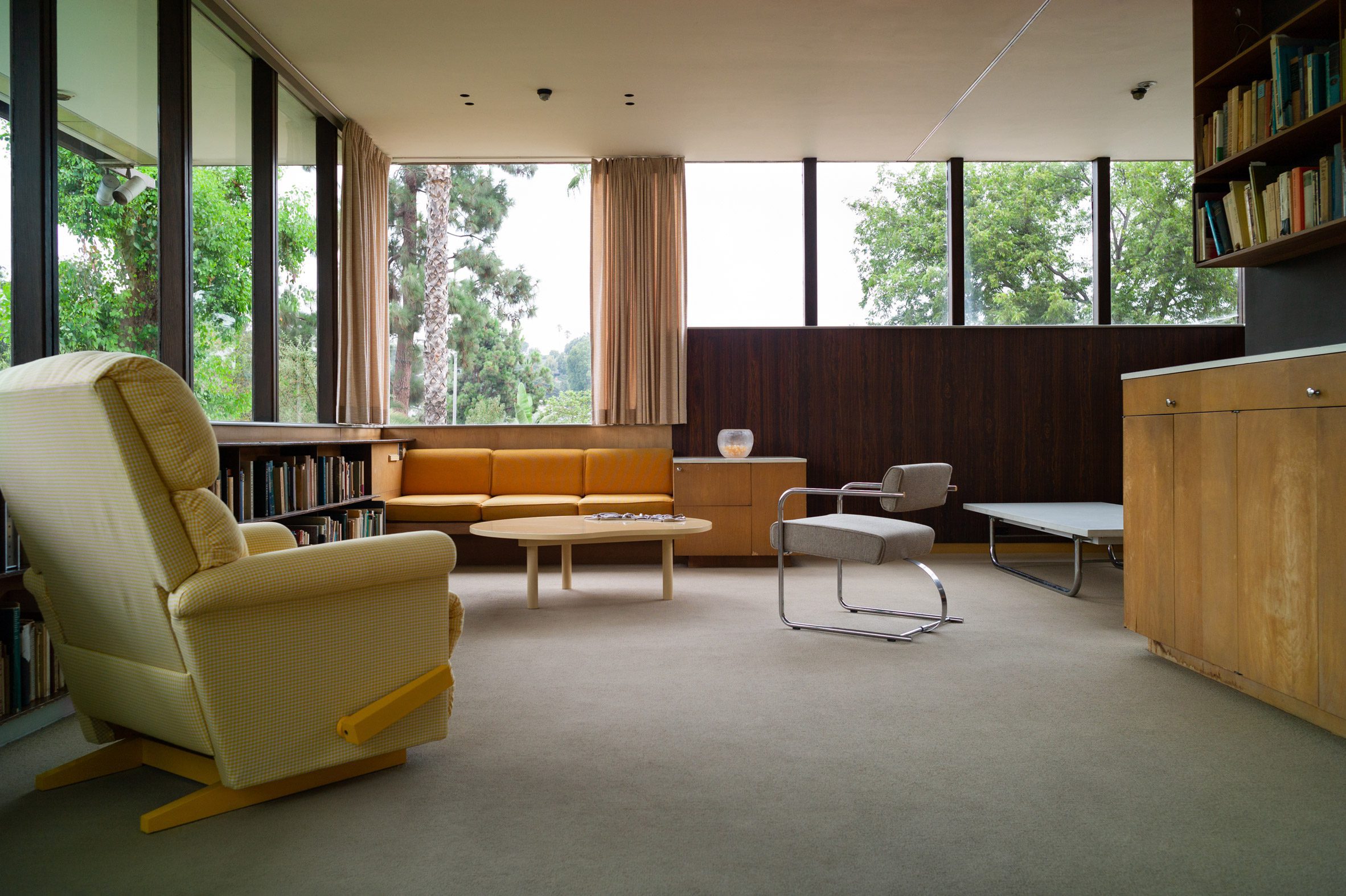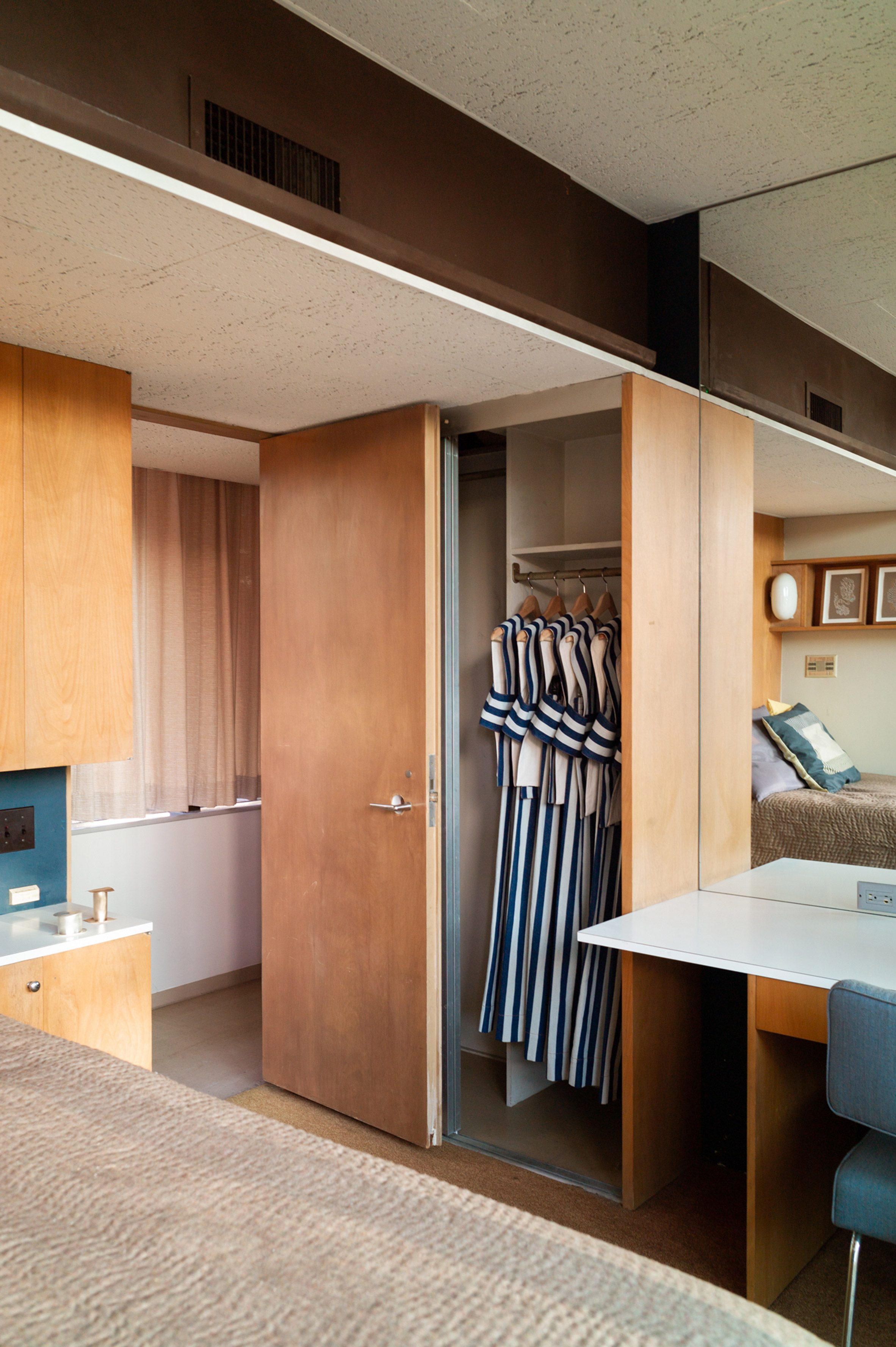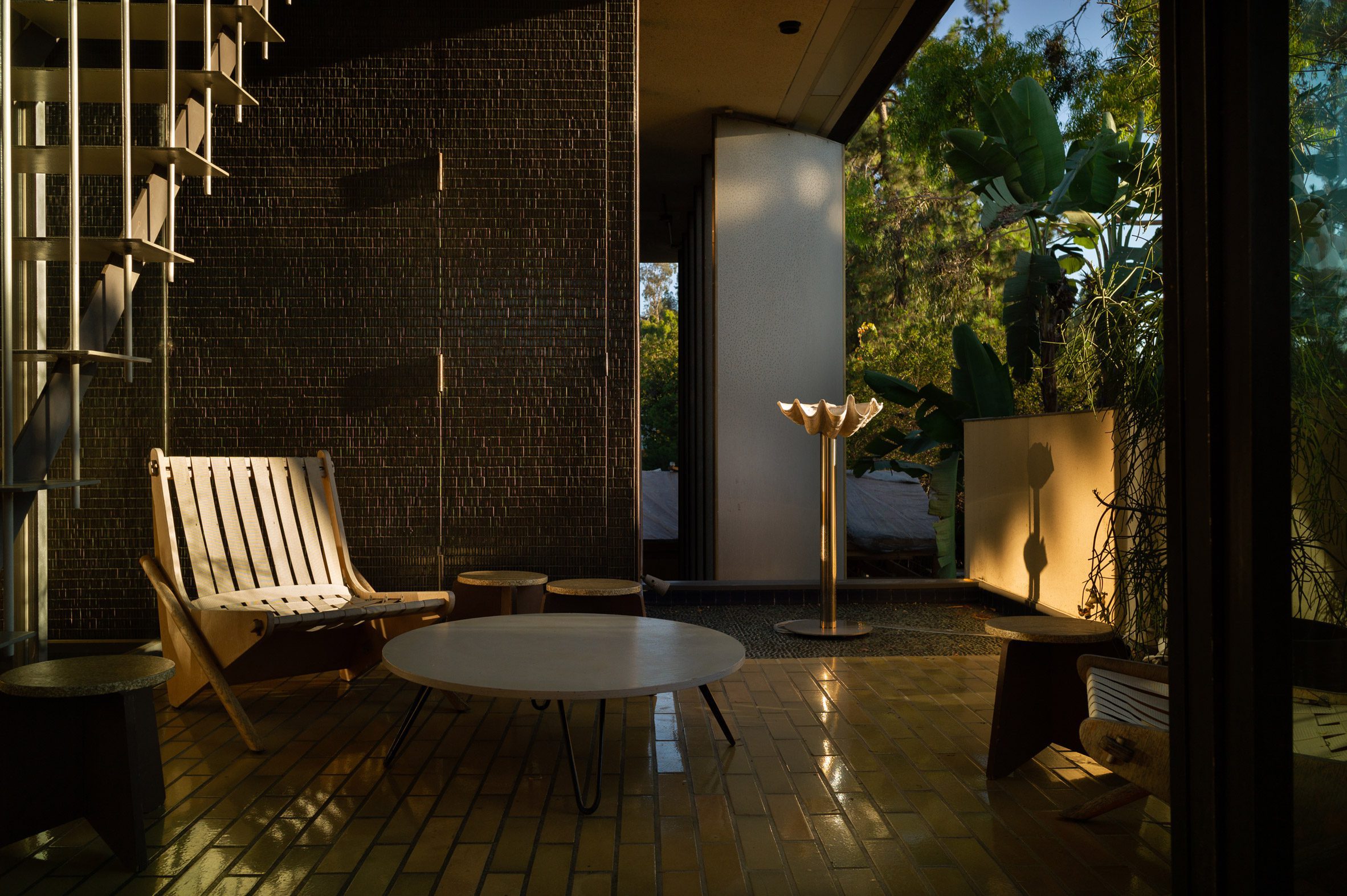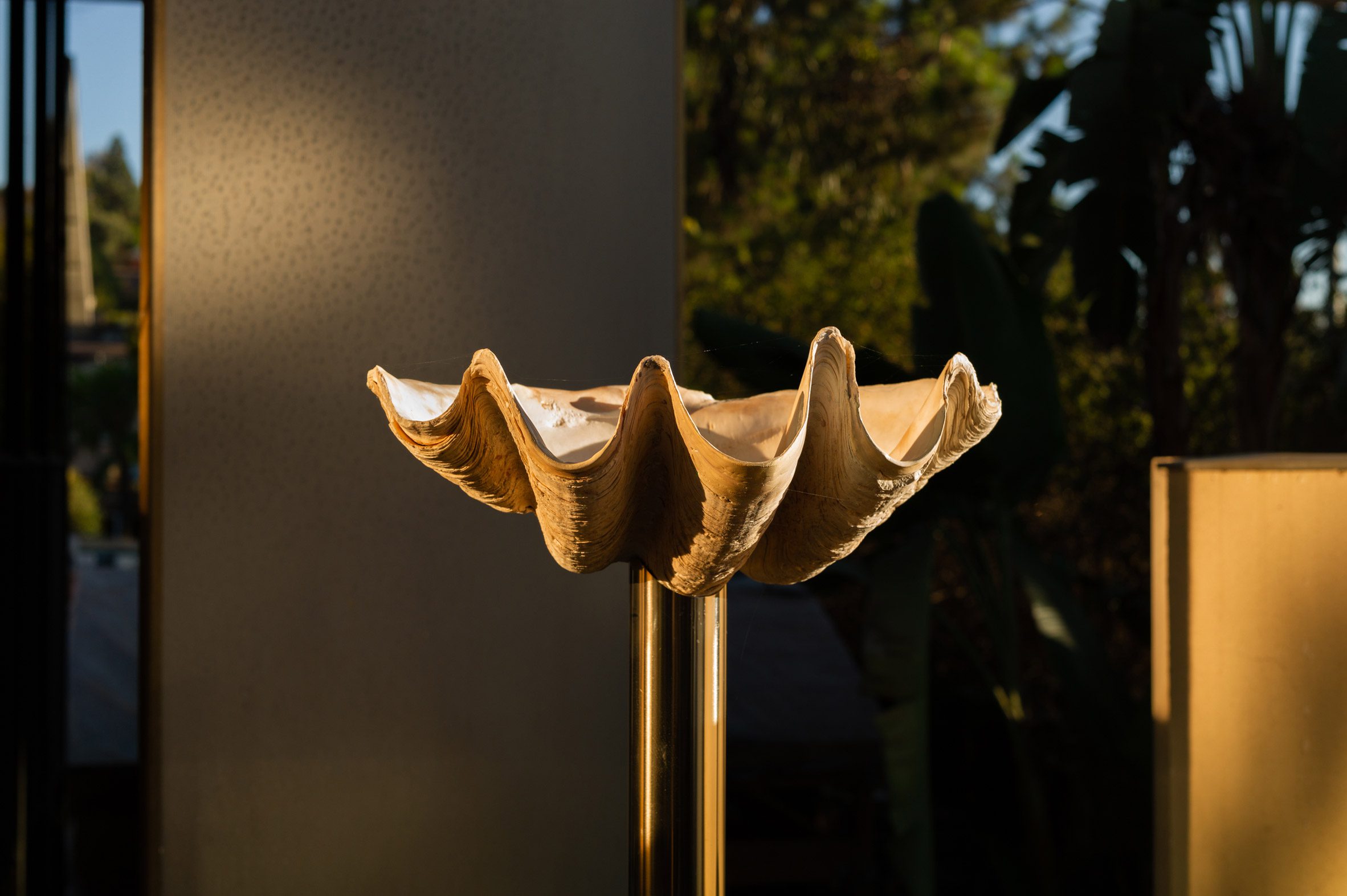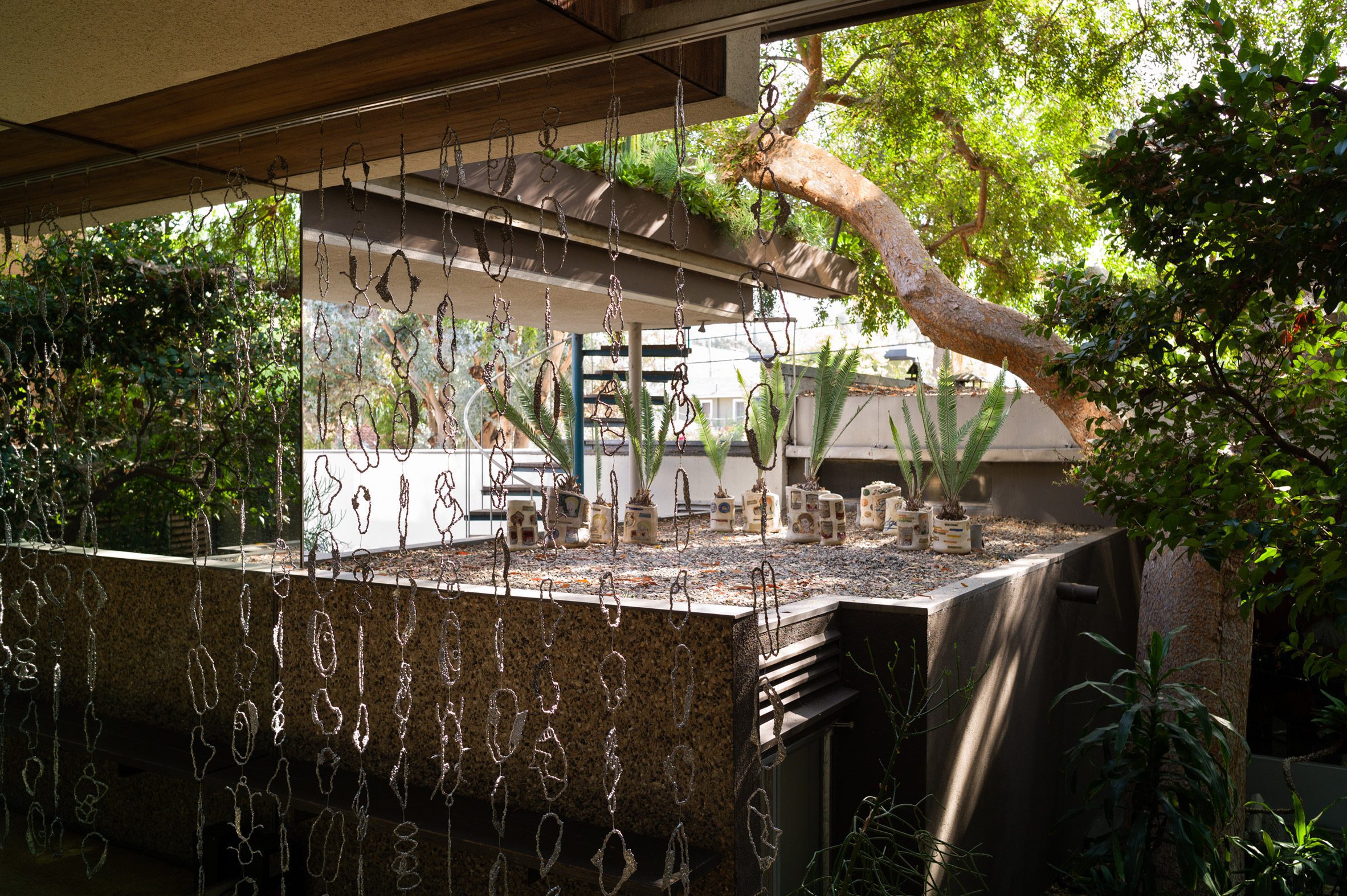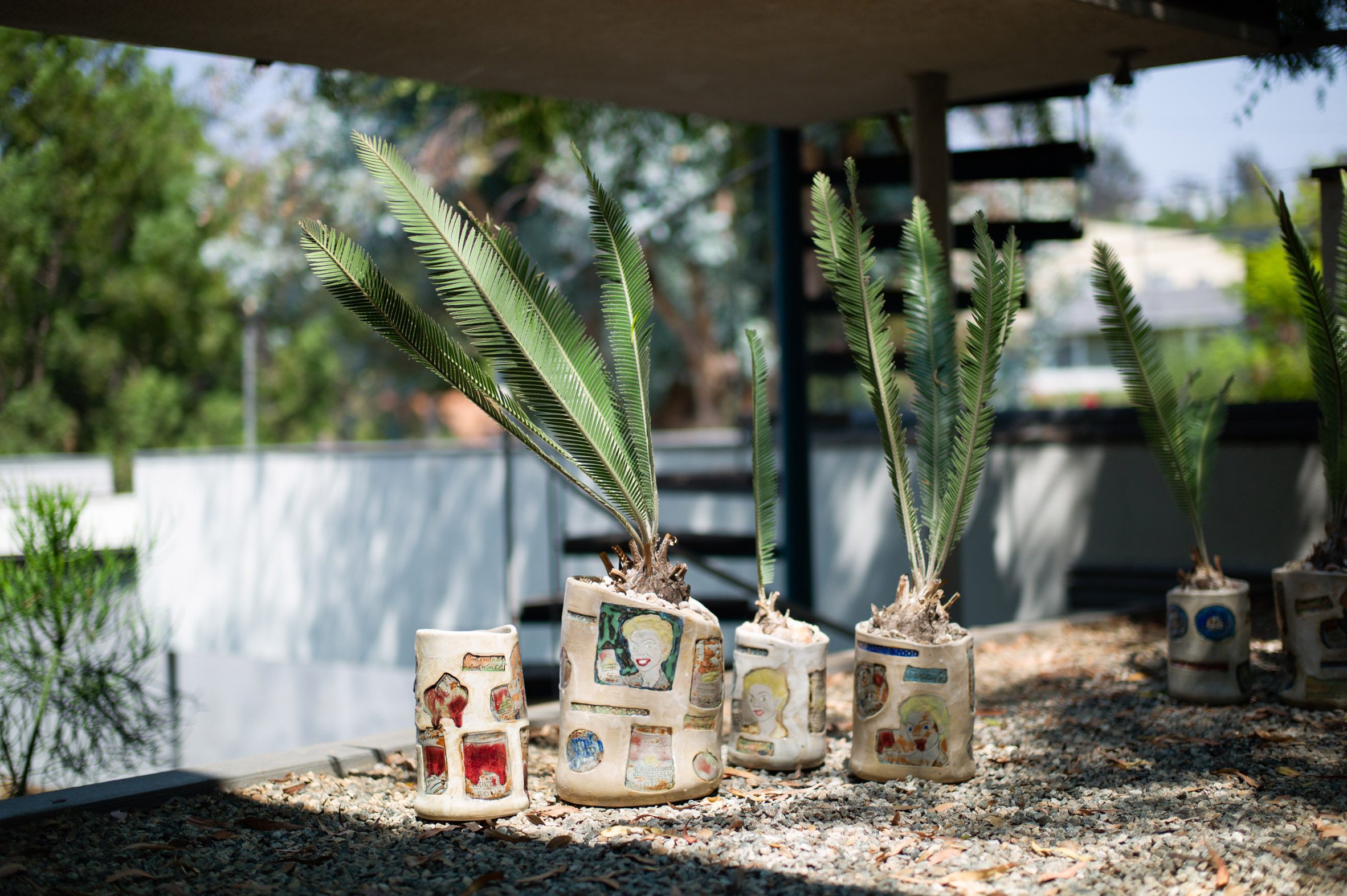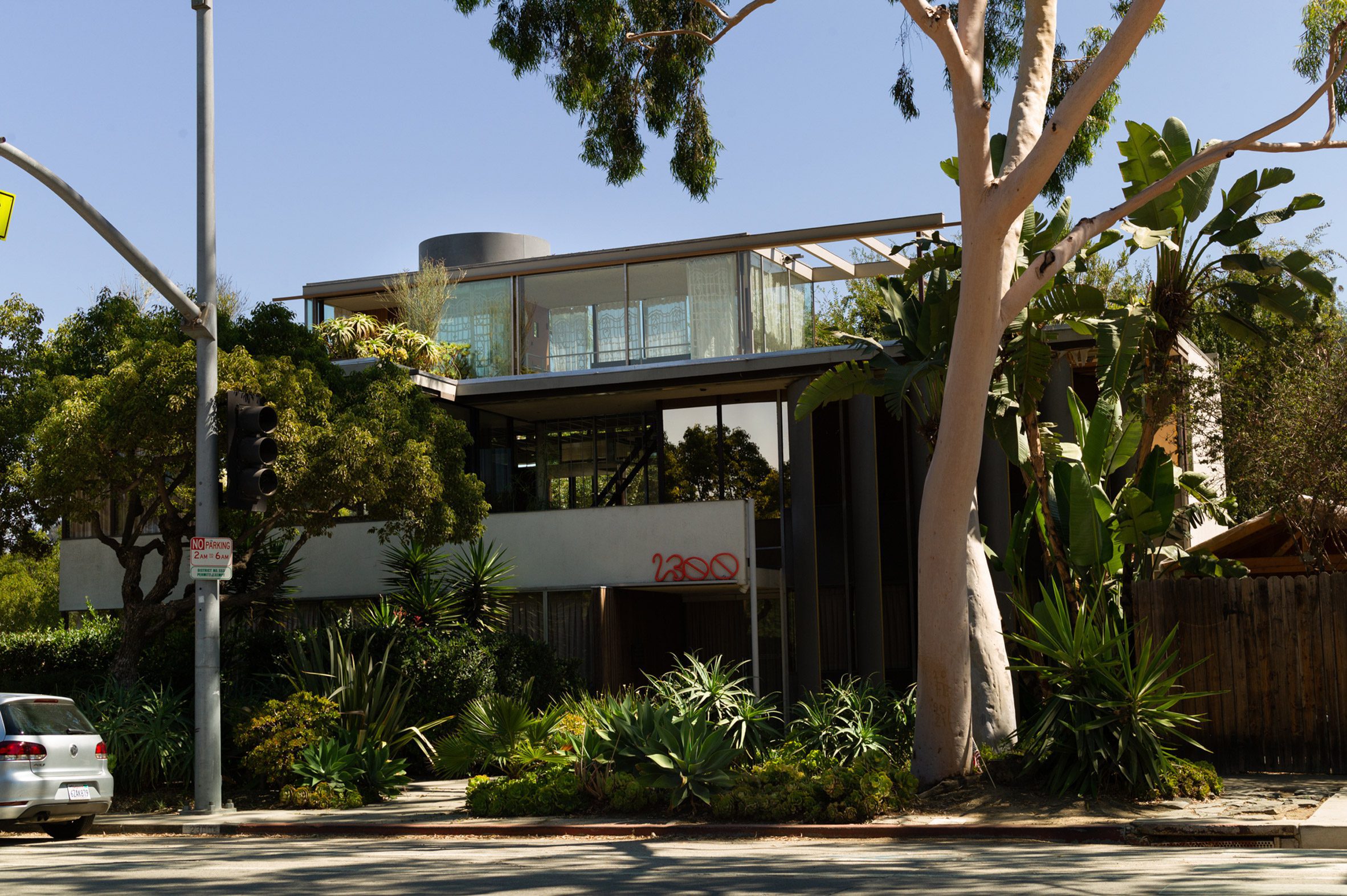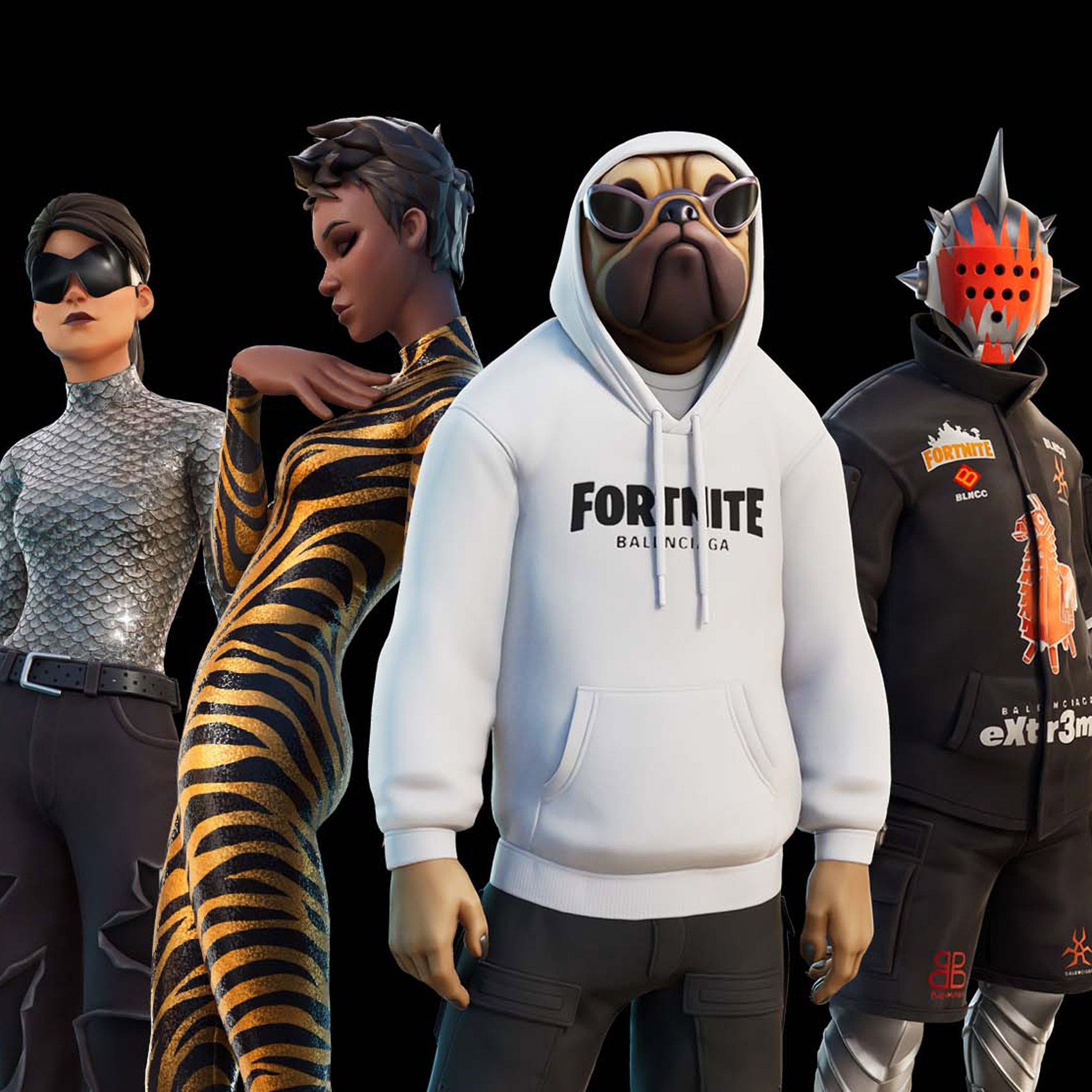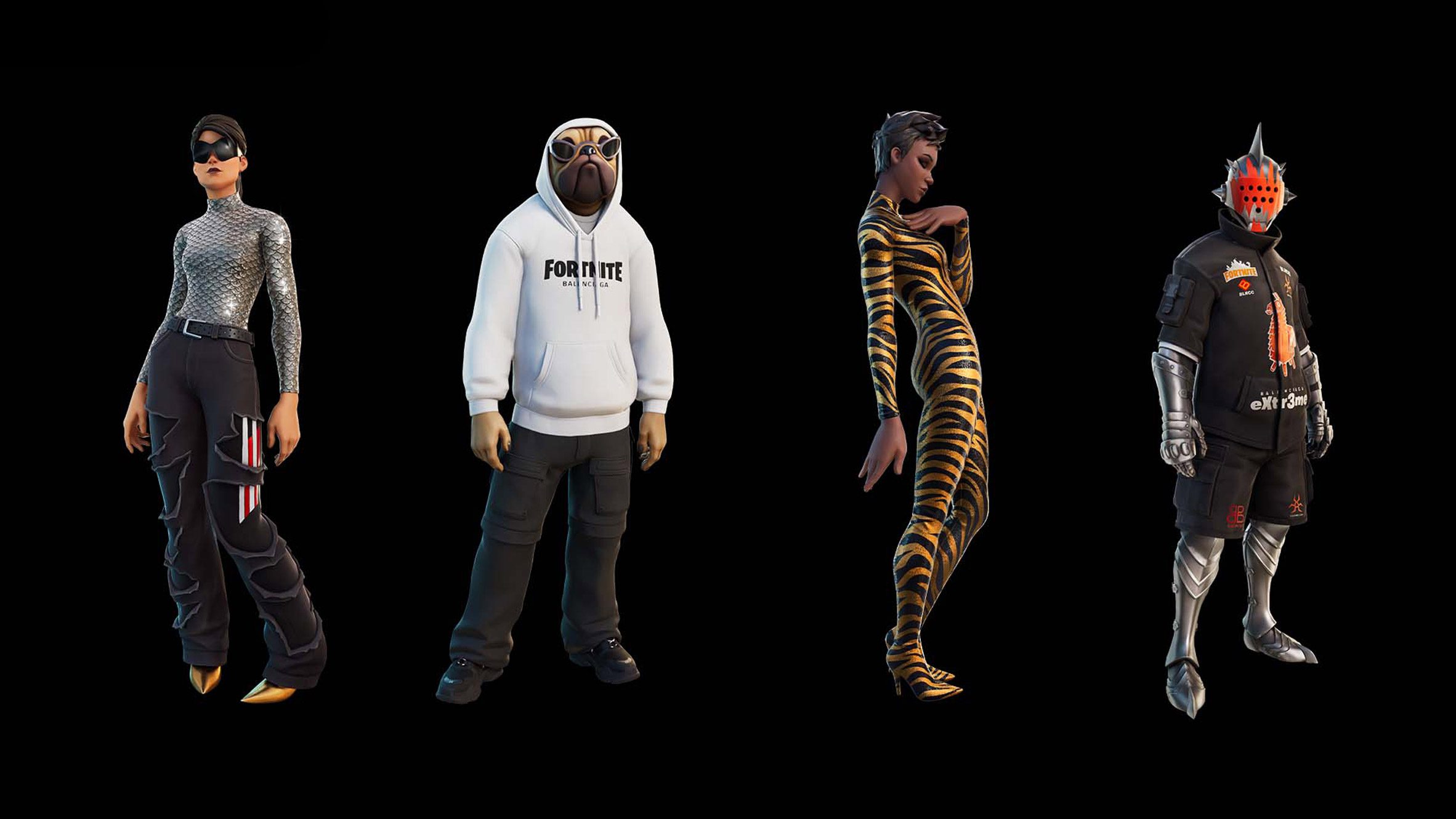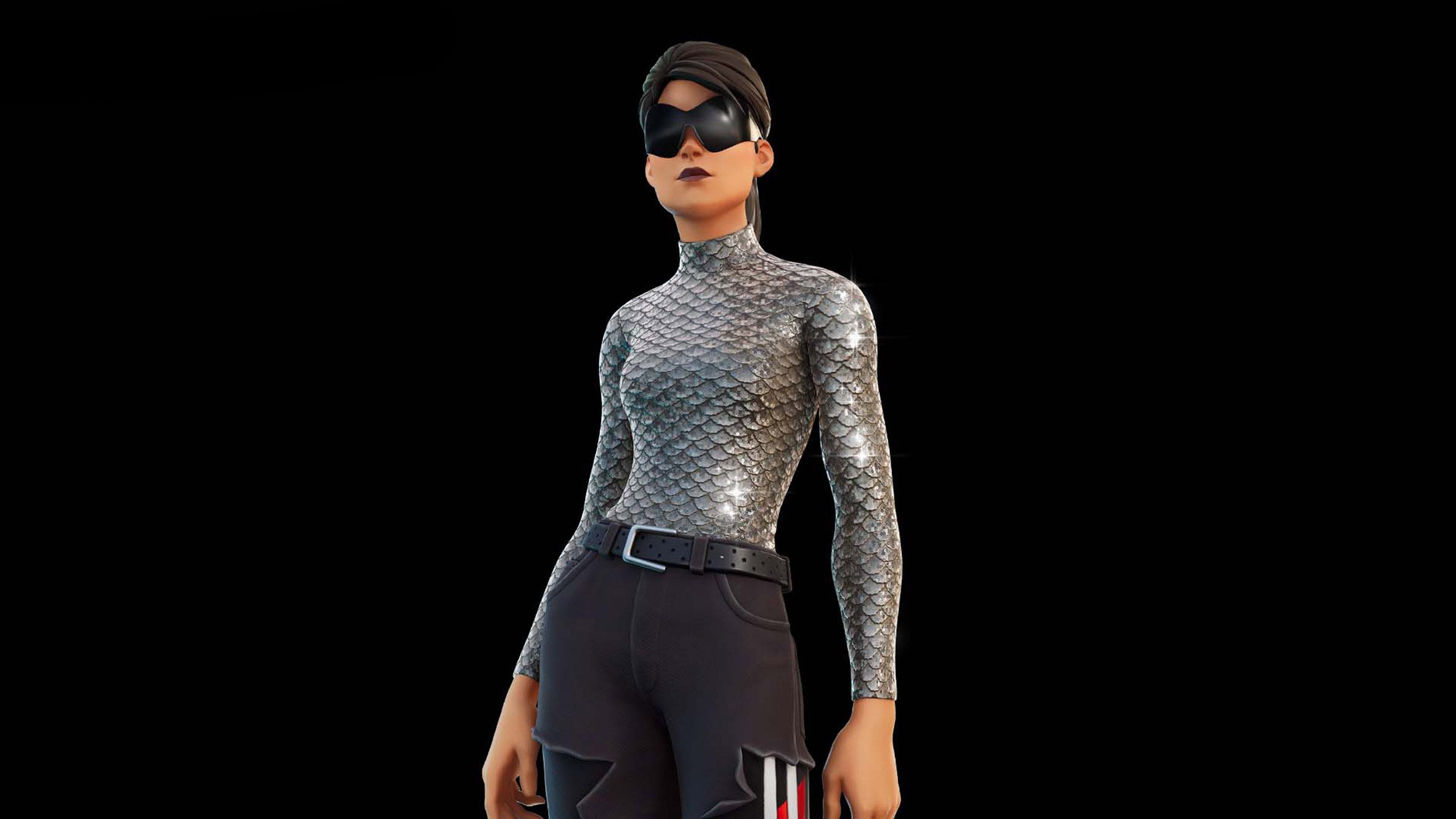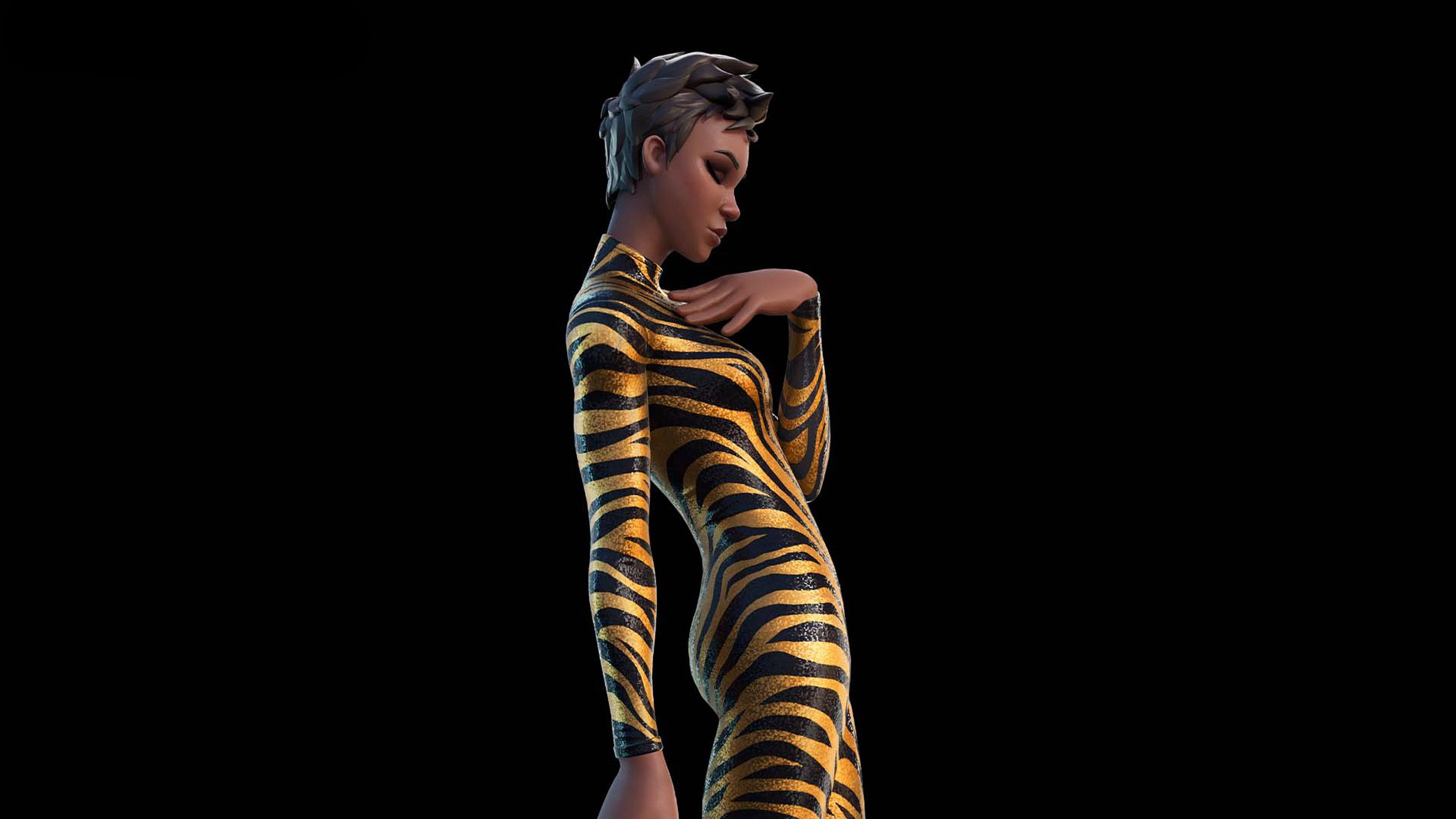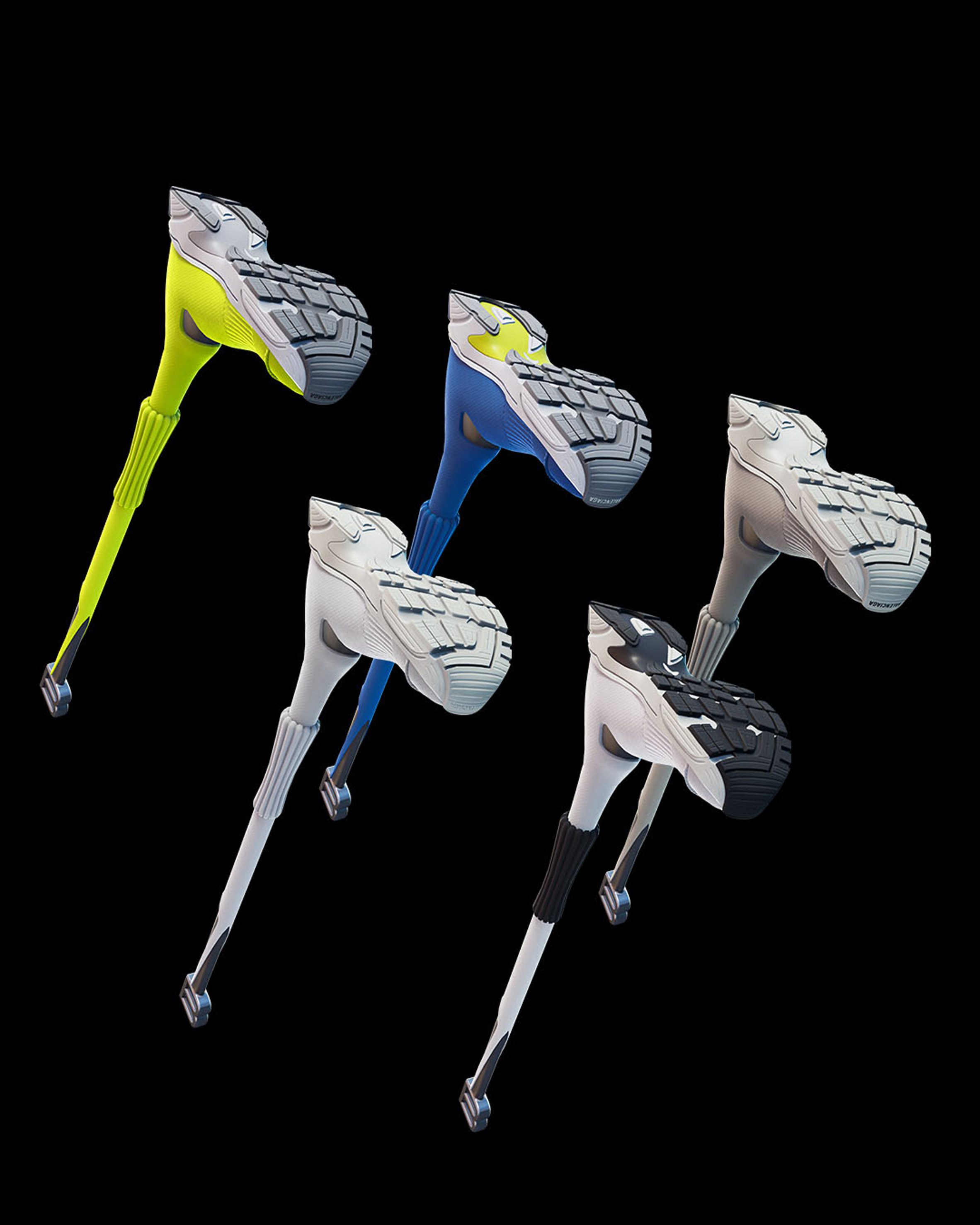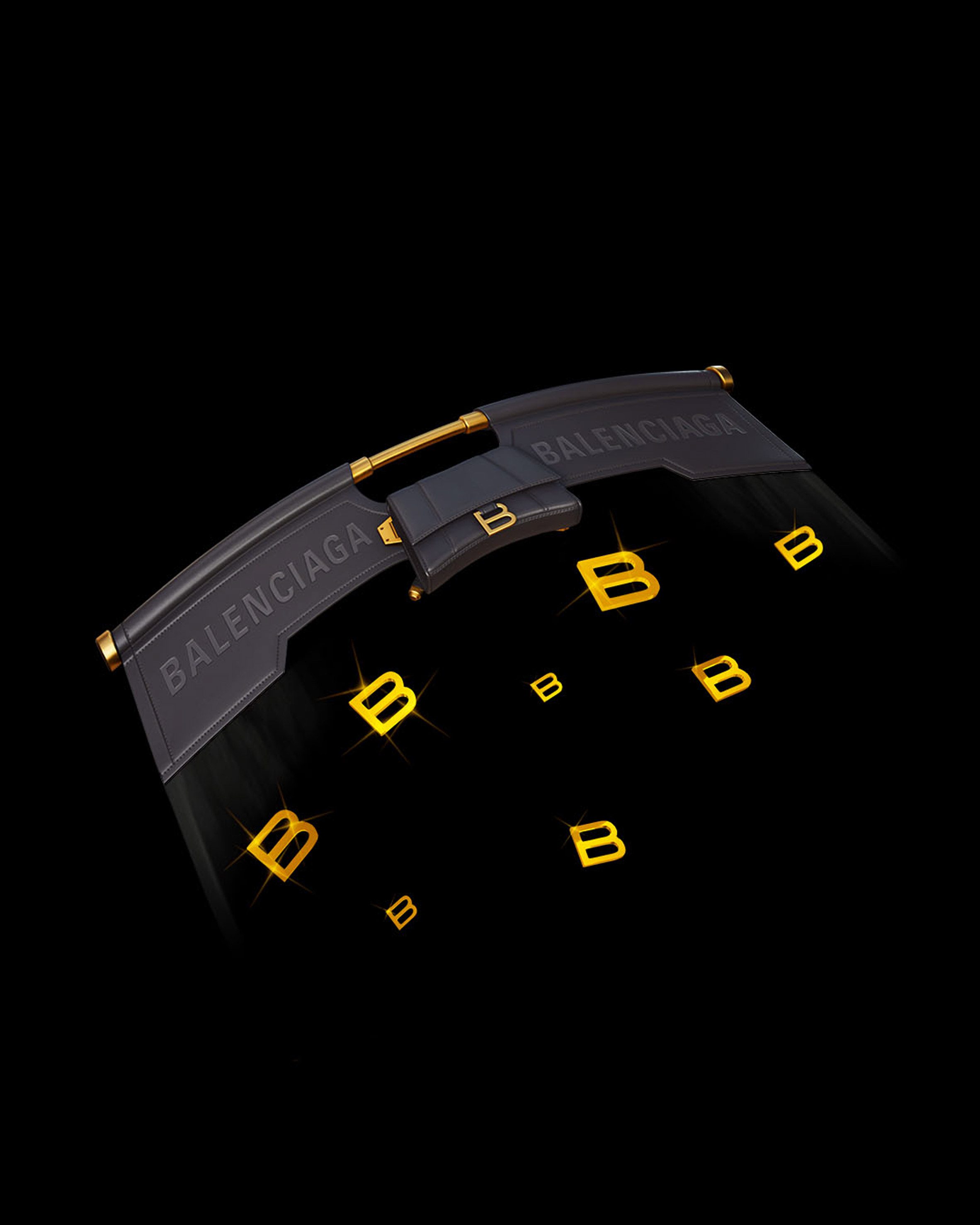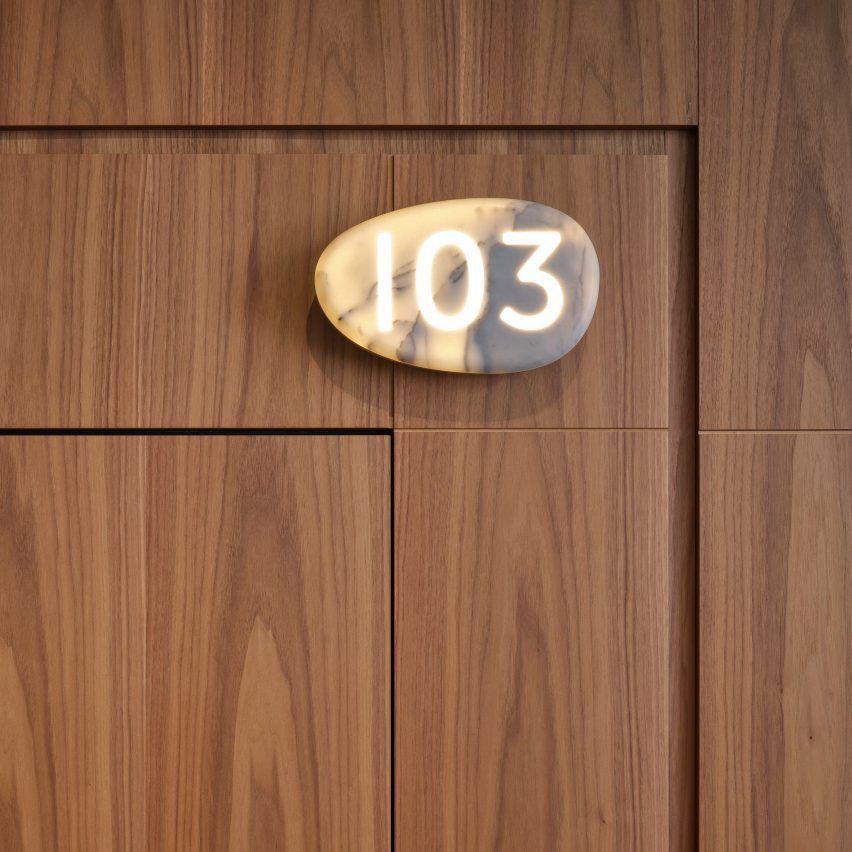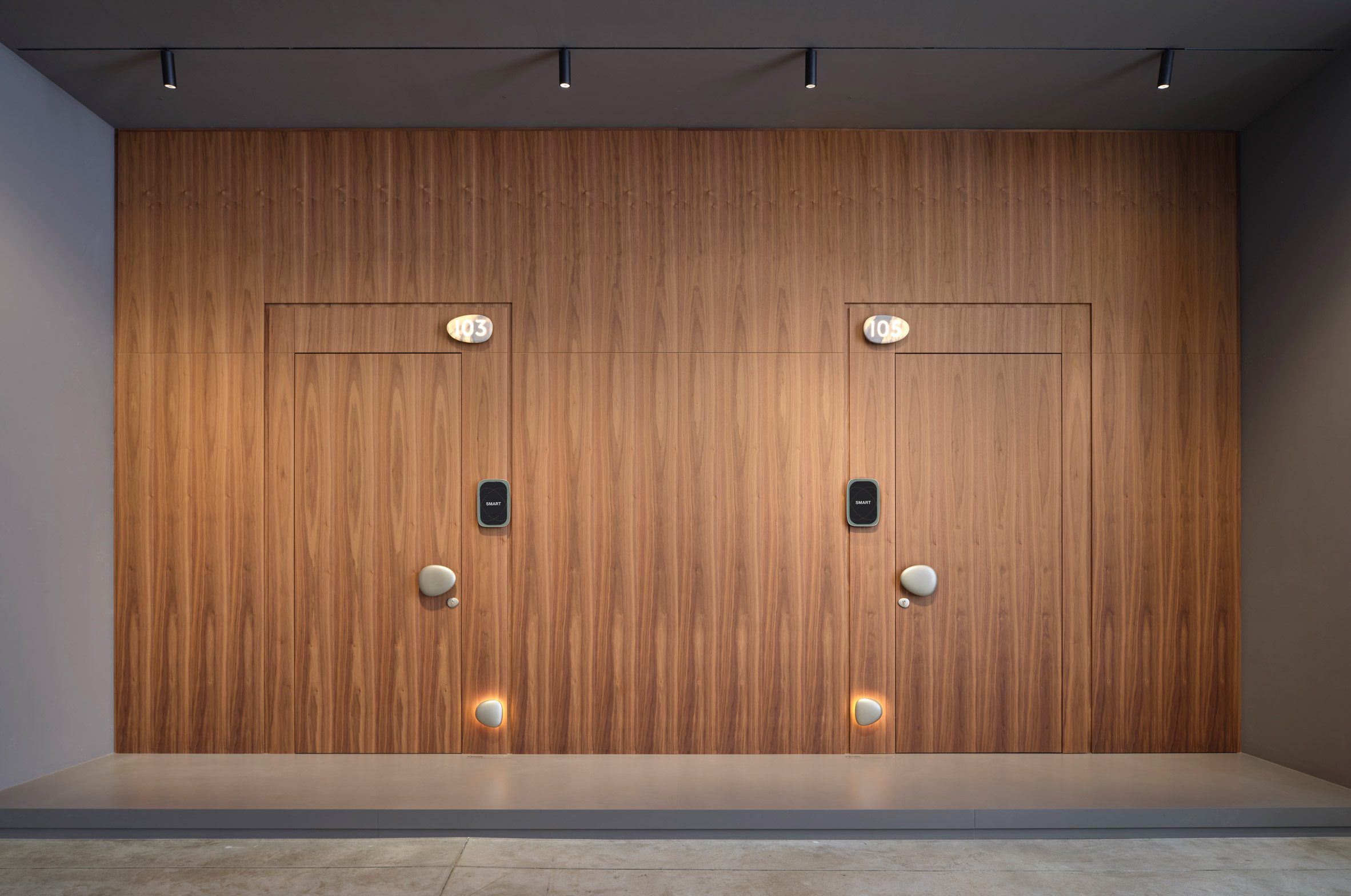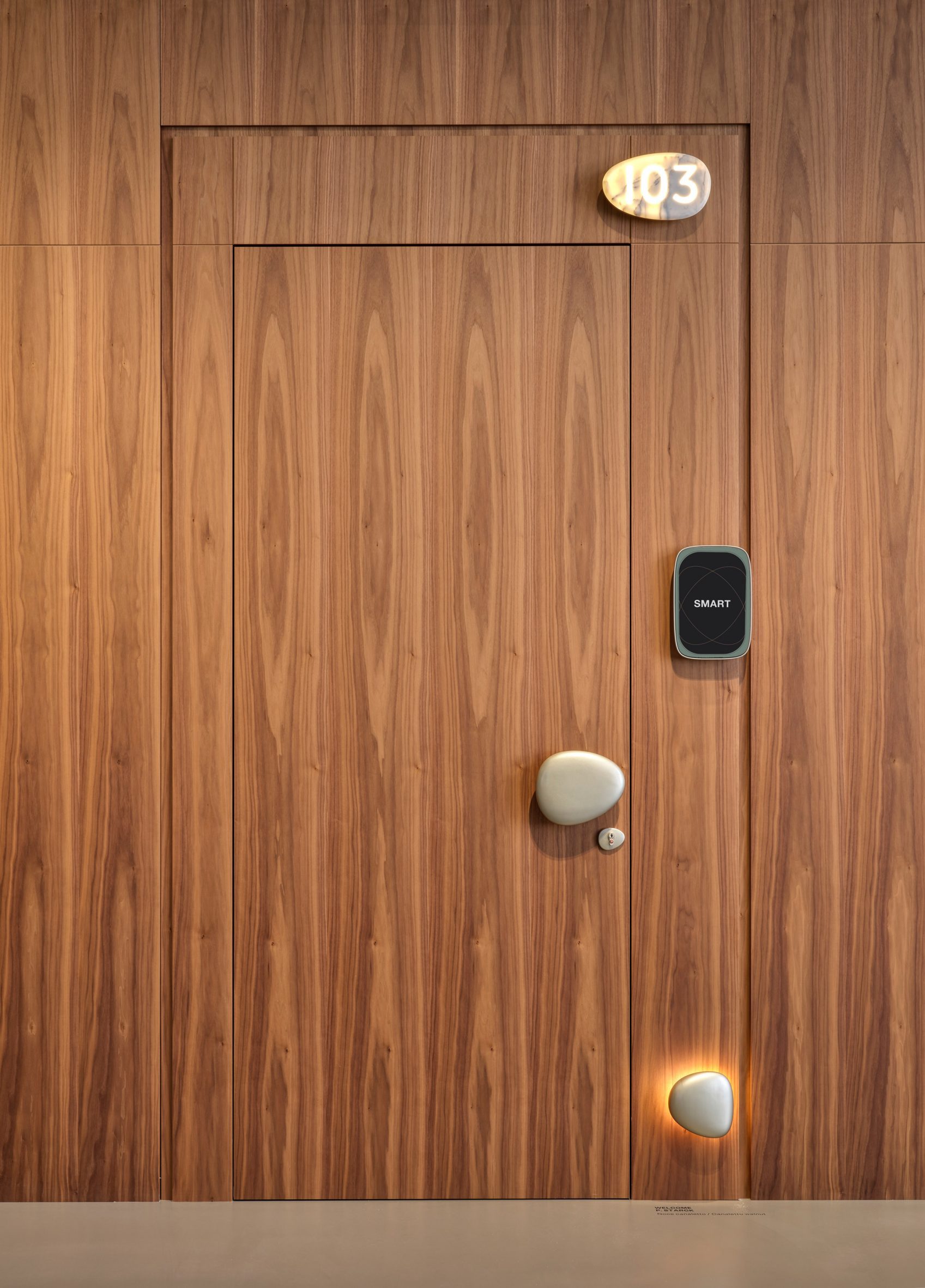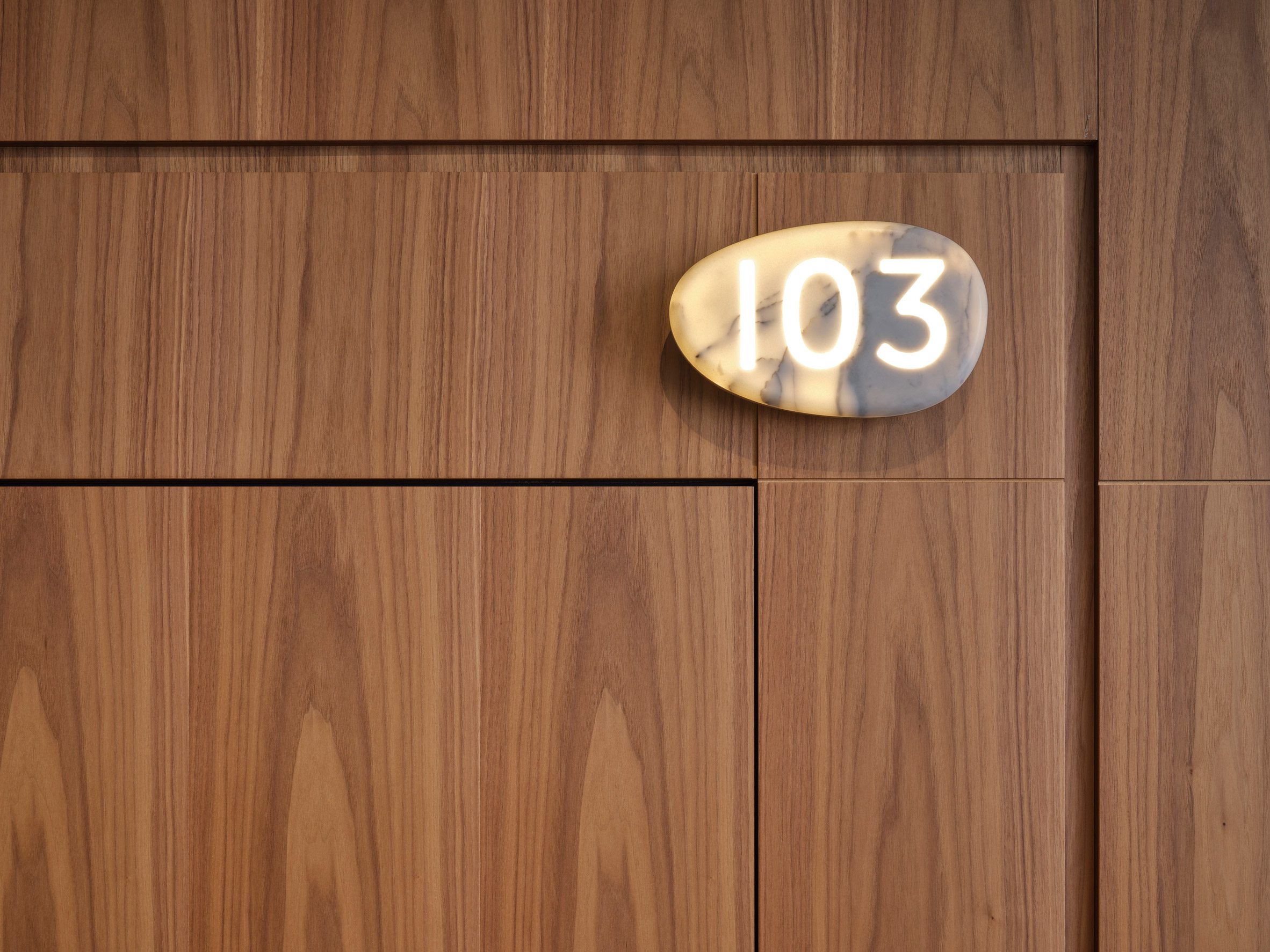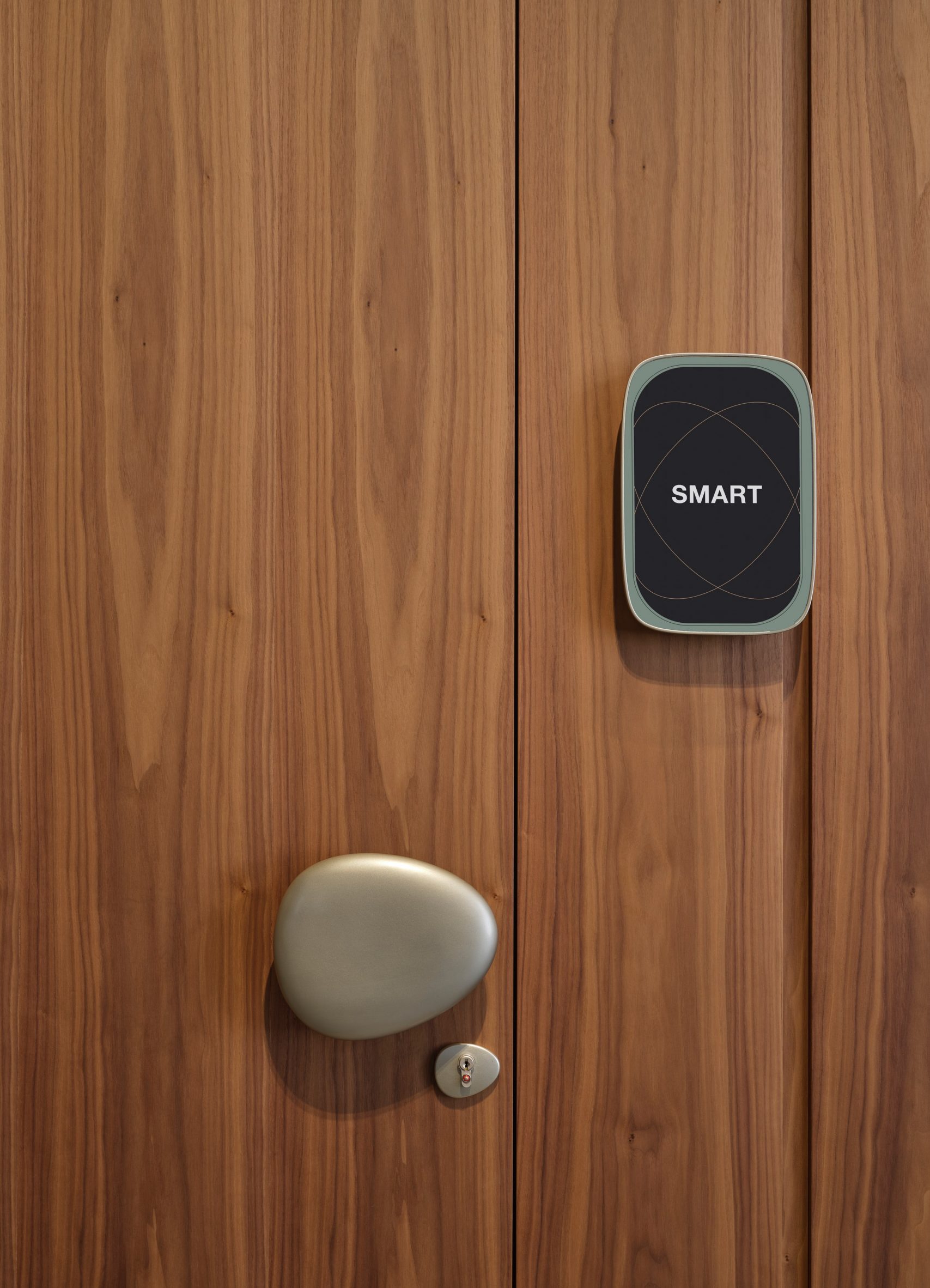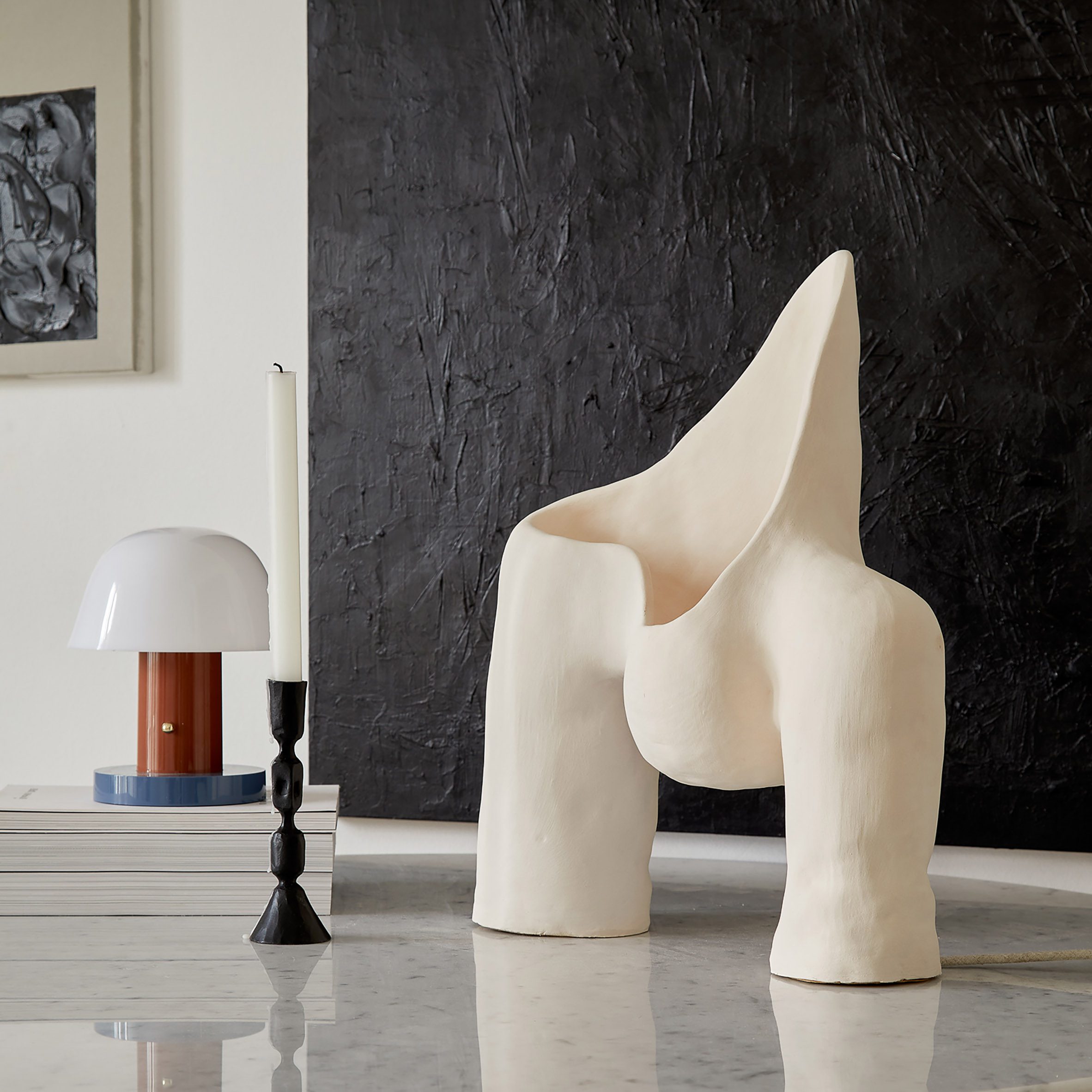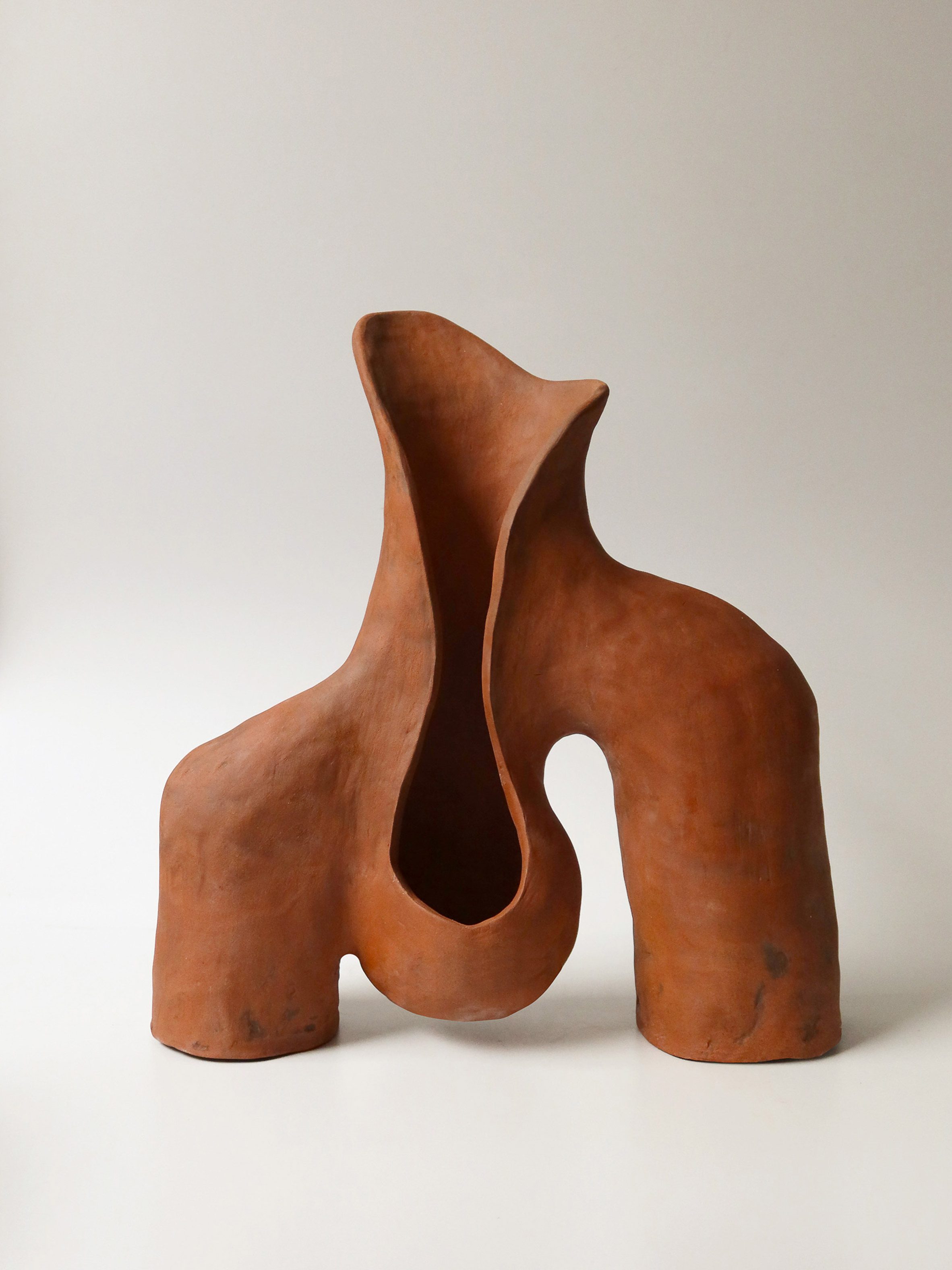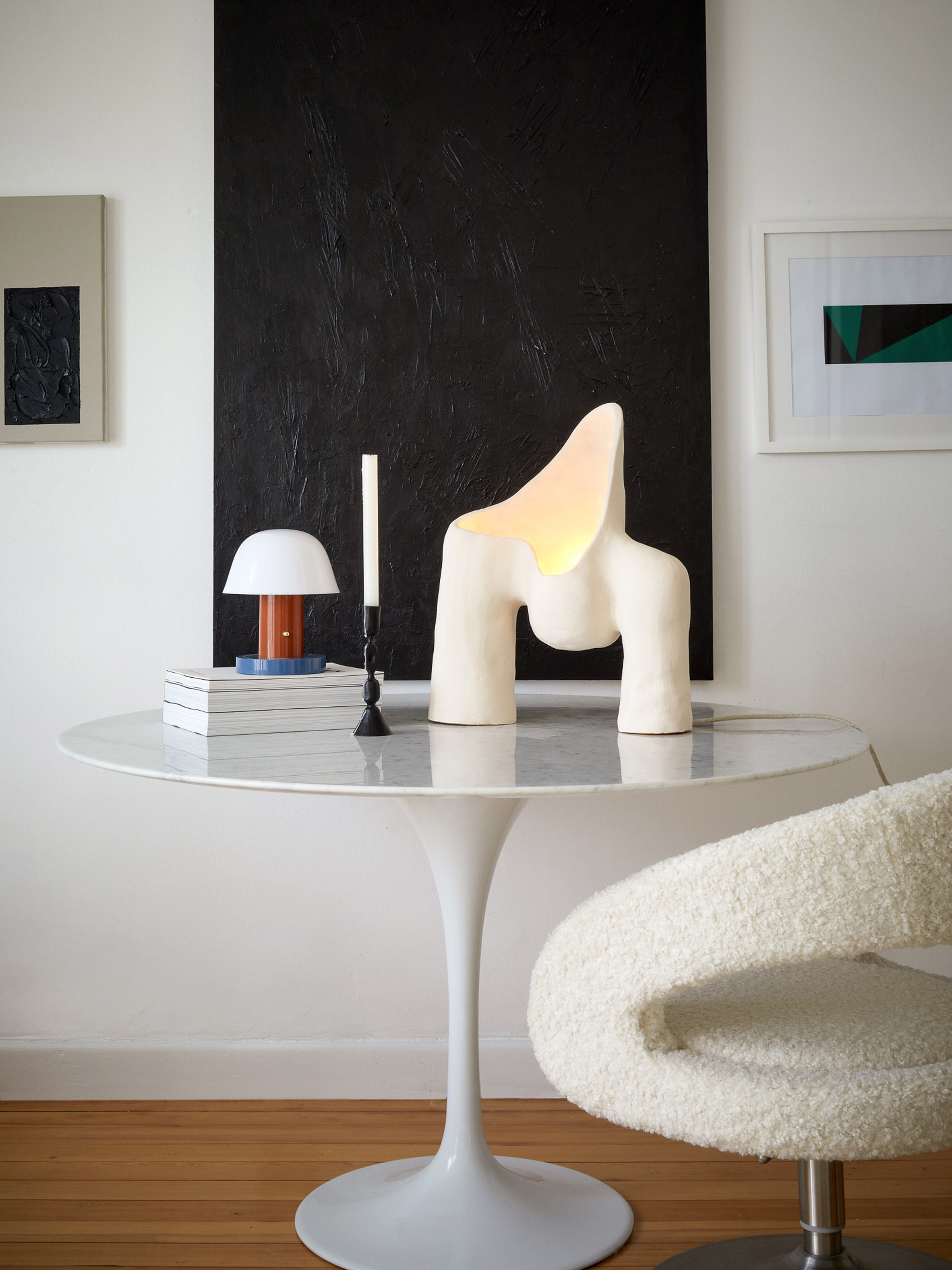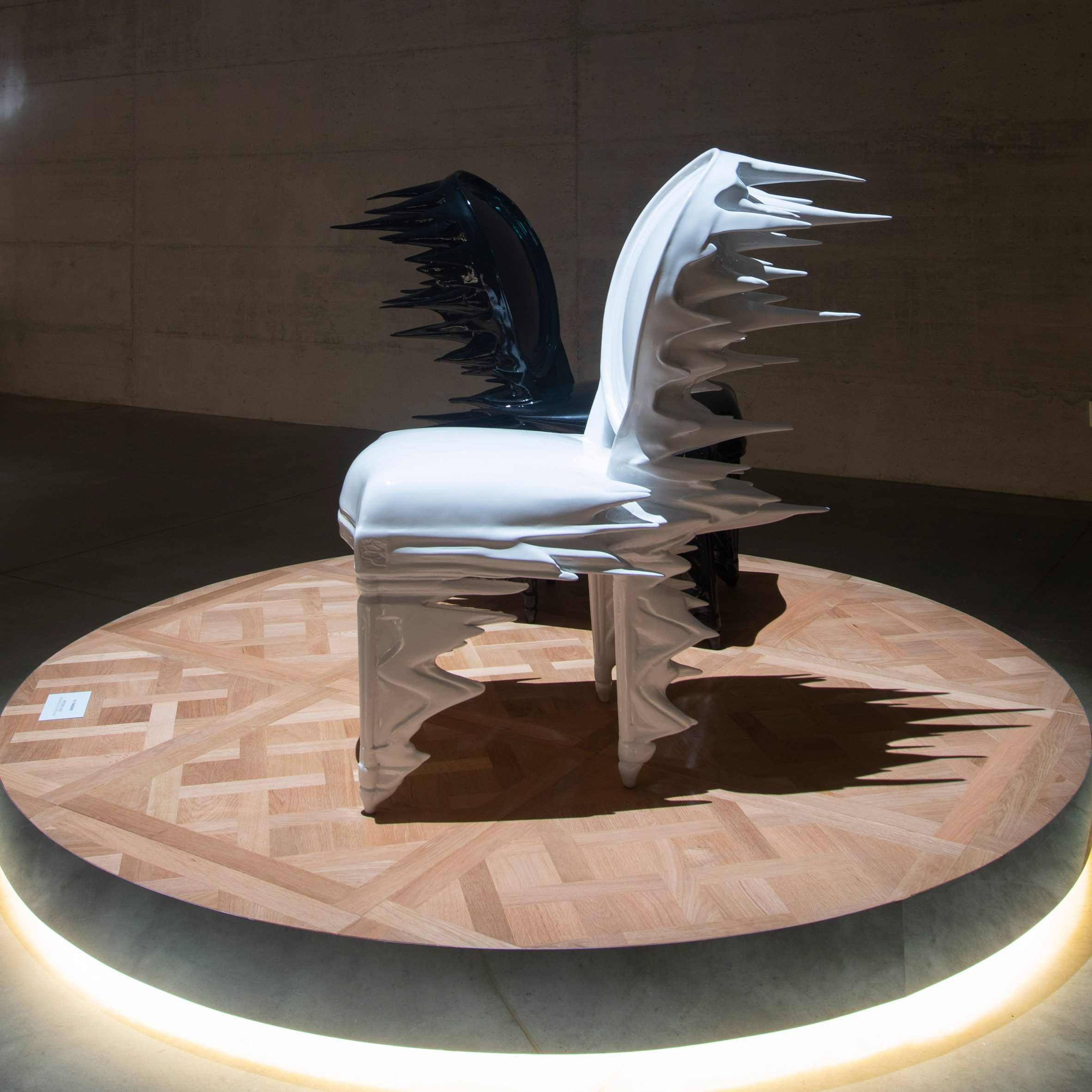
Seventeen designers have presented their own versions of fashion house Dior's Medallion chair, including chairs in glass and polyurethane as well as a seat designed to also be appreciated by people with visual impairments.
On show for Maison Dior as part of Milan design week, the chairs were showcased wrapped in the mist from a smoke machine in a basement room, as well as in the garden of the 18th-century Palazzo Citterio in Milan's Brera district.

The 17 designers who took part in the Dior Medallion exhibition created furniture pieces that span from true-to-form interpretations of the Medallion chair to wilder designs with intertwined legs and backrests that looked as if they had been blown back by a stiff wind.
Among the designers showcasing their chairs was Atang Tshikare, who created Dinaledi, a chair decorated with beadwork that was handmade by a group of women from the Xhosa people in Cape Town, South Africa.
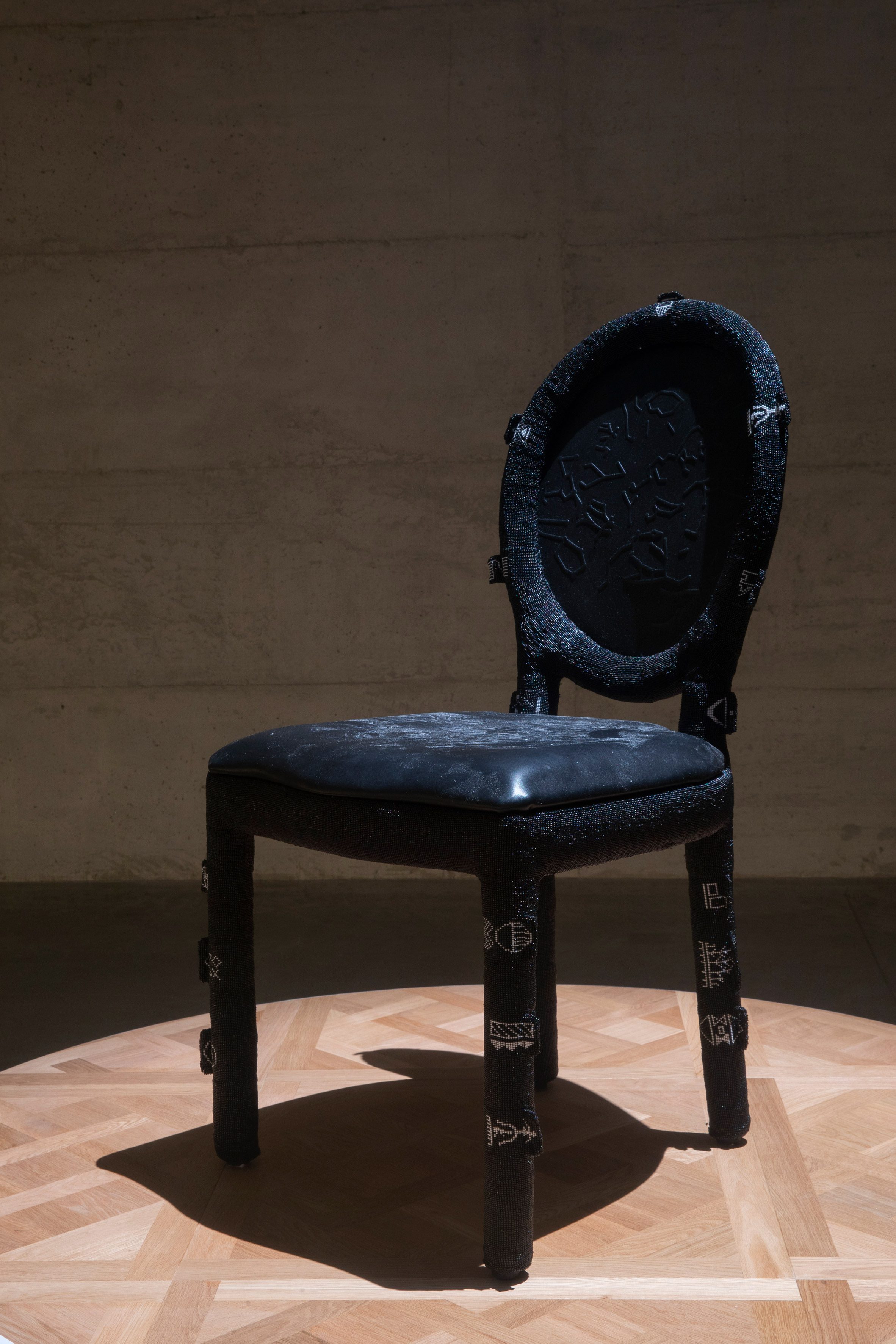
It also features a seat and backrest made from thick vegan tanned leather with debossed celestial designs, which were chosen as stars were symbolic for both Dior founder Christian Dior and Tshikare himself.
"Basically, there are two different patterns," Tshikare told Dezeen. "On the backrest is the northern hemisphere, and the other is the southern hemisphere. They're both celestial patterns that are seen at the beginning of spring."
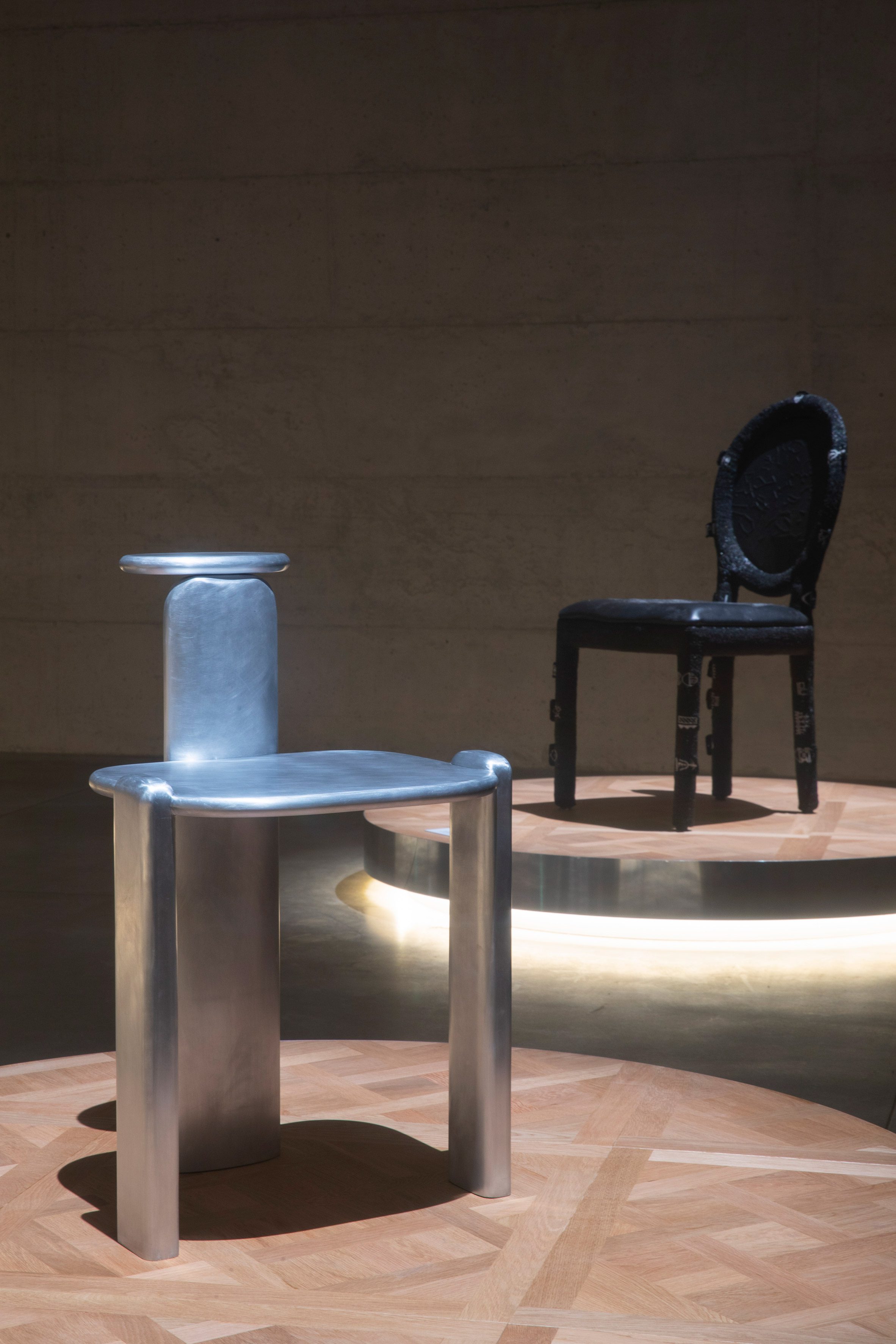
The designer hoped that the stars on the chair, which took over six months to make, would also allow the chair to be viewed by visually impaired people.
"I wanted to emphasise that as artists and designers, we don't always include everyone when it comes to experiencing our work," he said.
"I realised that some people don't see the stars physically, because they're visually impaired in some way. This debossing would help bridge the visual gap and, in a way, help people actually feel the stars."
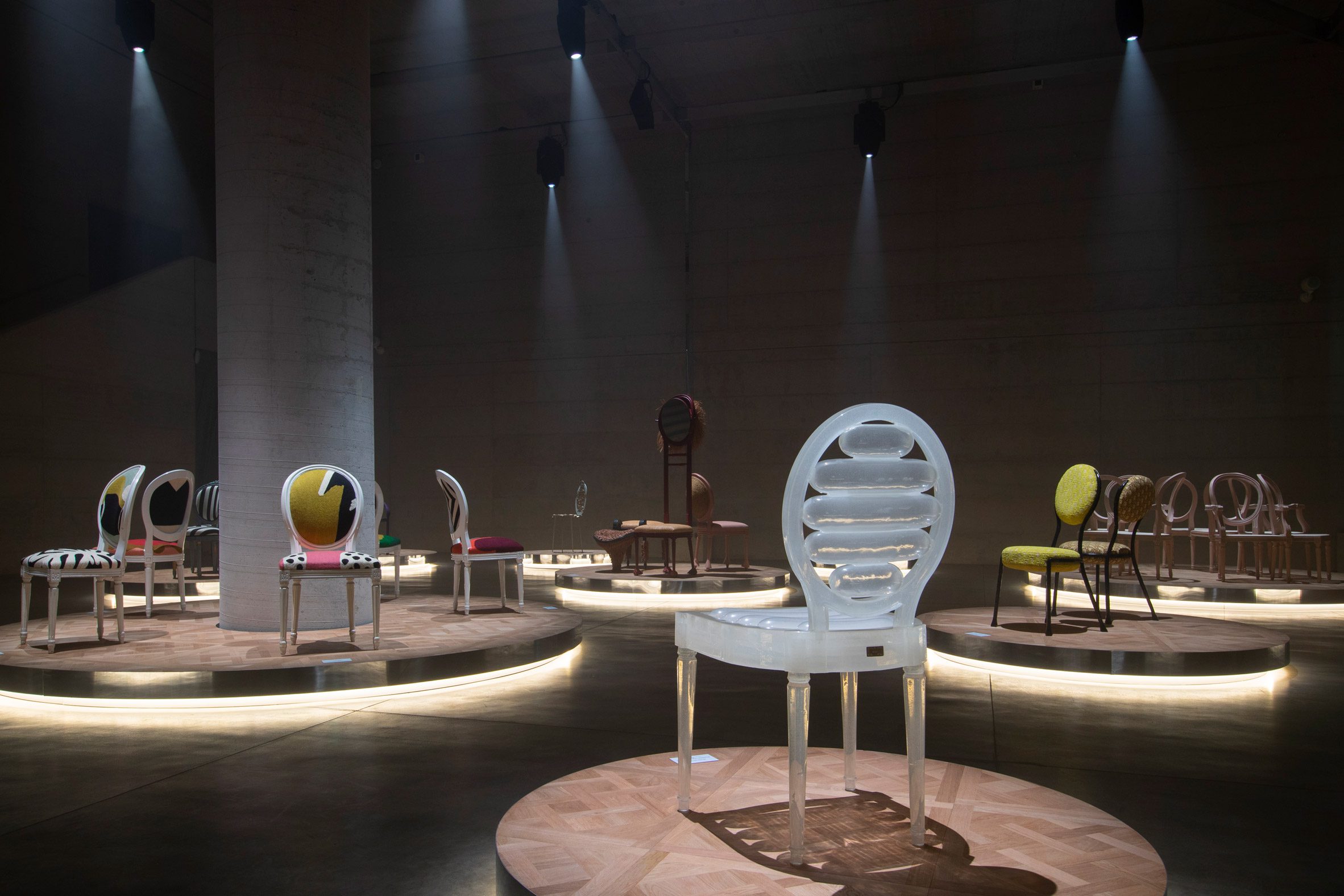
French architect India Mahdavi also looked to local craft techniques for her five Medallion chairs.
Each was made using Indian craft techniques from Kashmir and together "form a united tribe despite their individuality."
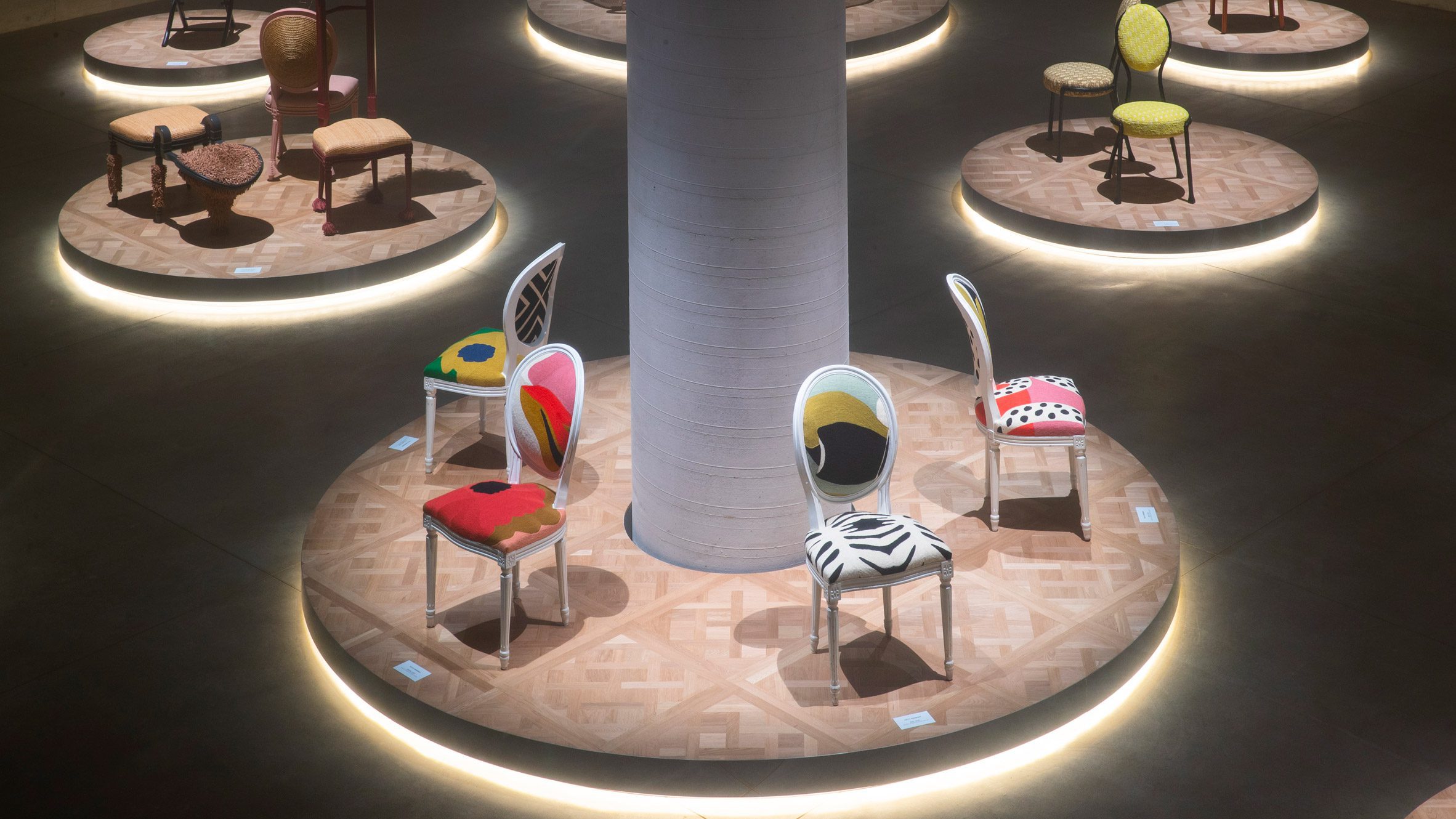
While Mahdavi and Tshikare's designs keep the recognisable oval shape of the Medallion chair – a symbol of Louis XVI style and the chair that Christian Dior used to seat fashion show guests – other creatives designed more unusual takes on the chair.
Japanese studio Nendo reinterpreted the Medallion chair as a "graceful fusion of modernity and tradition."
The resulting chair is made from curved glass sheets that have been immersed in potassium nitrate molten salt at 450 degrees Celsius and then chemically hardened by cooling.
An oval cutout in the back of the chair is an almost ghostly reminder of the original chair, as it's shaped like the classic Medallion chair backrest.
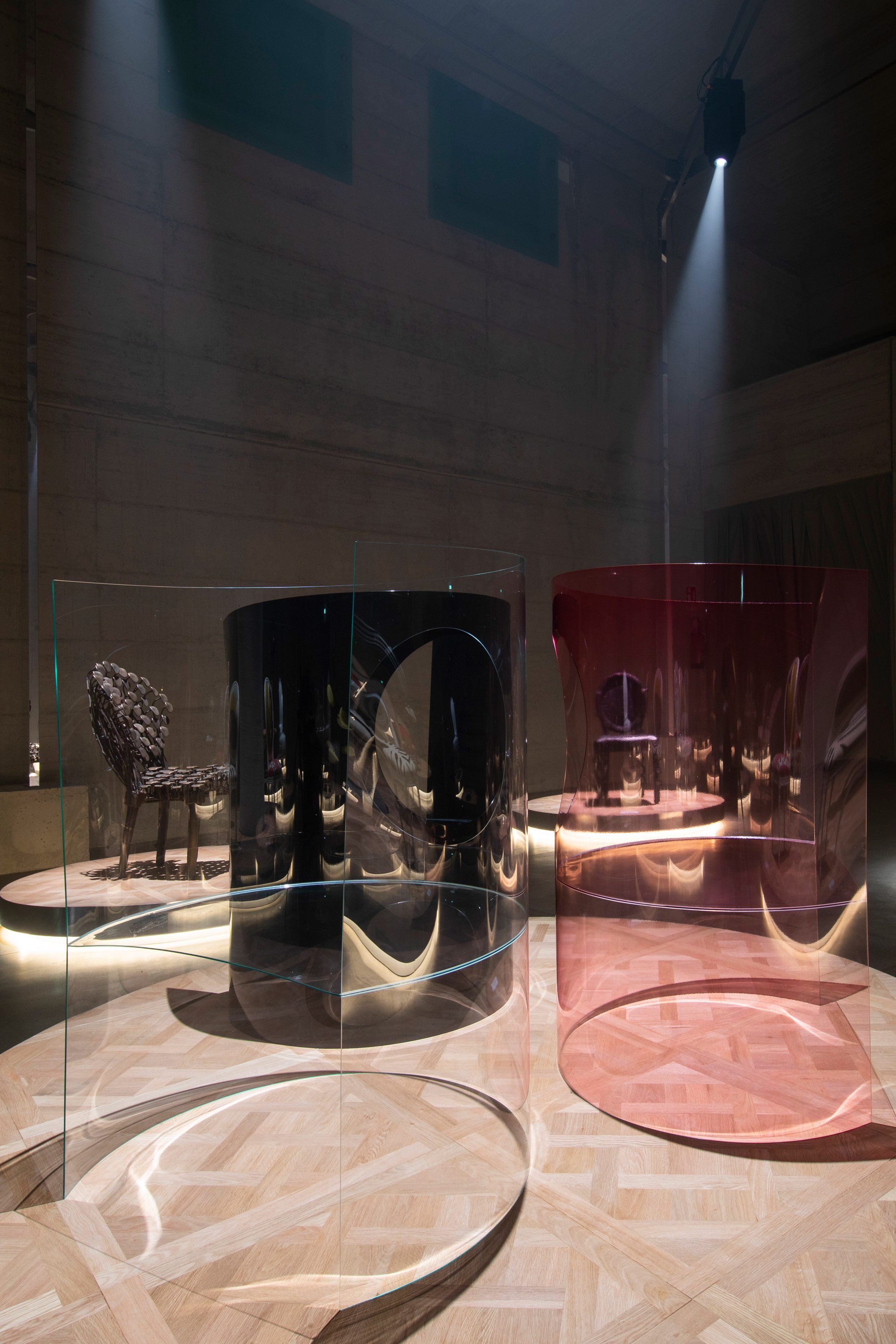
Ma Yansong, founder of architecture studio MAD, also reimagined the shape of the Medallion chair for the show.
His two 3D-printed polyurethane chairs, called Meteor, aimed to transport the chair into the future.
"Traveling through time, the chair is caught in motion," the studio said of the pieces, which look like they have been caught in a breeze.
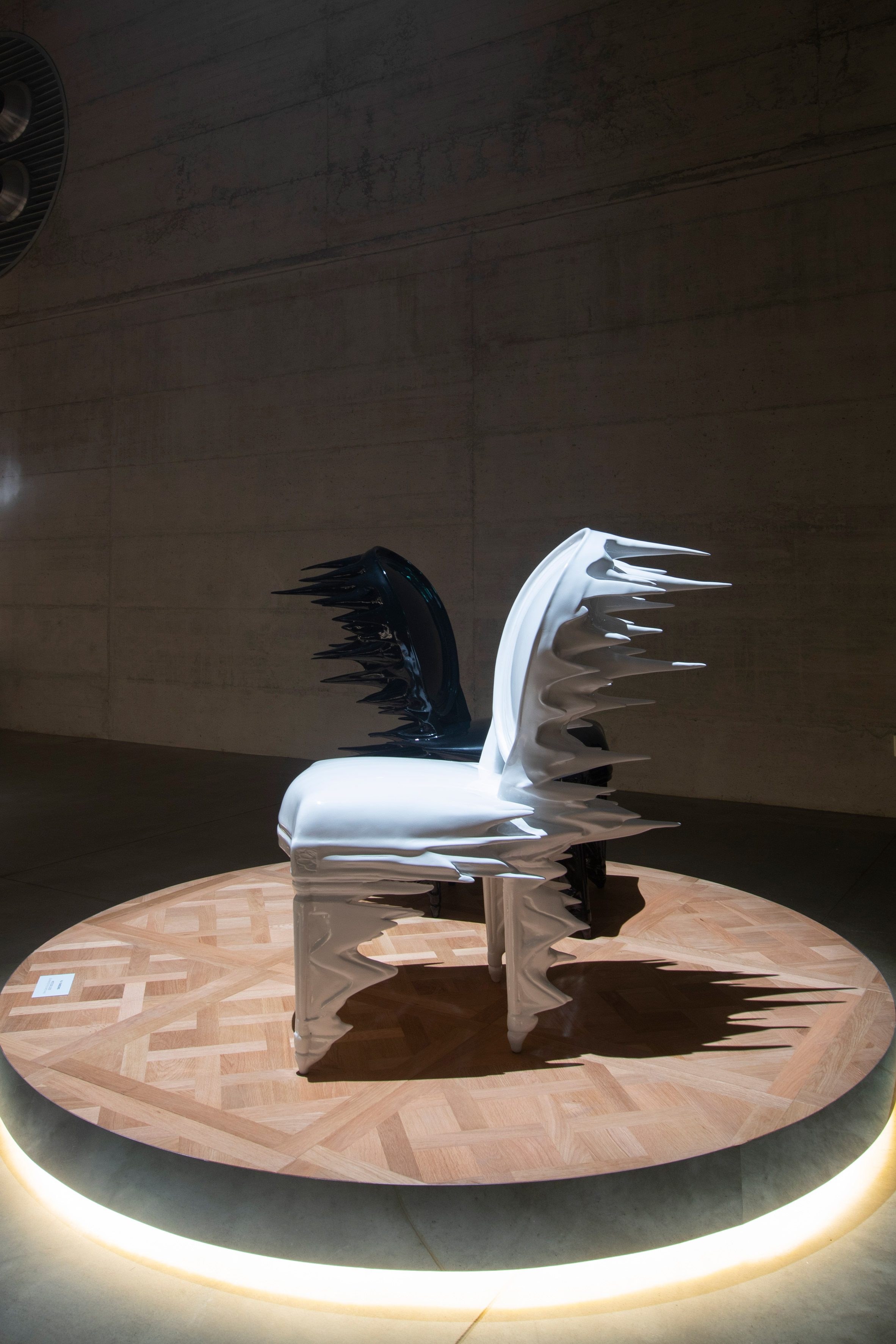
Designer Sam Baron also branched out, interpreting the chair as an outdoor swing and double rocking chair as well as a group of stylised seats connected to each other by their entangled backrests.
The other designers taking part in the Dior Medallion Chair exhibition were Nacho Carbonell, Pierre Charpin, Dimore Studio, Khaled El Mays, Martino Gamper, Constance Guisset, Joy de Rohan Chabot, Linde Freya Tangelder, Seungjin Yang, Jinyeong Yeon, Tokujin Yoshioka and Pierre Yovanovitch.
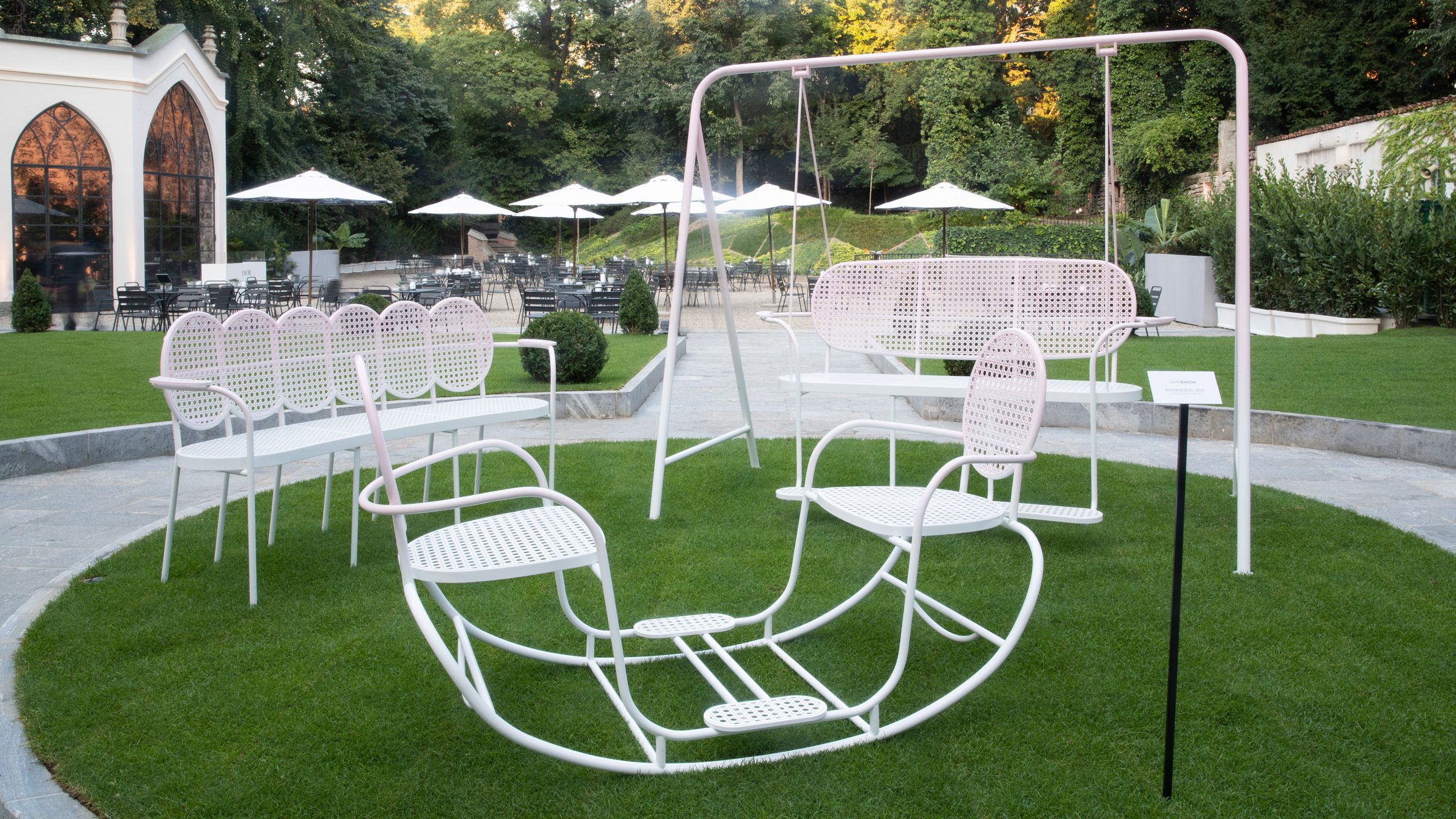
This year's Milan design week saw a number of brands return to Milan for the first Salone del Mobile and design week since 2019.
Among the designs on show were Kengo Kuma and OPPO's Bamboo Ring installation, a collaboration between Muji and ÉCAL, and a collection of candleholders created by contemporary designers for a charity project.
Designers and exhibitors taking part in the design week this year said it offered a calmer, more meaningful experience reminiscent of the event's early editions.
Photography is by Alessandro Garofalo.
Dior Medallion Chair was shown on 5-10 September as part of Milan design week. See Dezeen Events Guide for an up-to-date list of architecture and design events taking place around the world.
The post Atang Tshikare, India Mahdavi and Nendo reinterpret Dior's Medallion chair appeared first on Dezeen.
from Dezeen https://ift.tt/3zxgYKT
